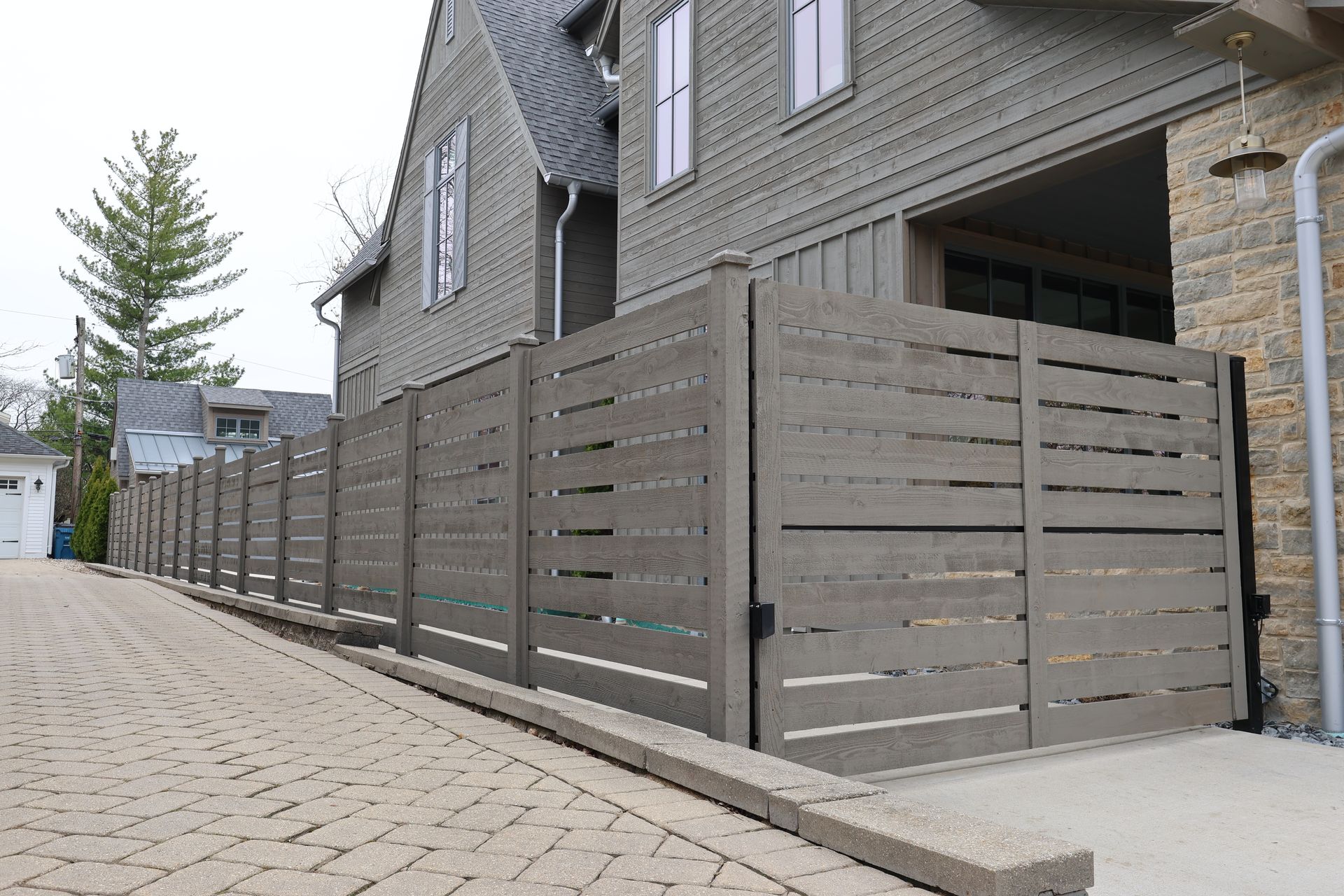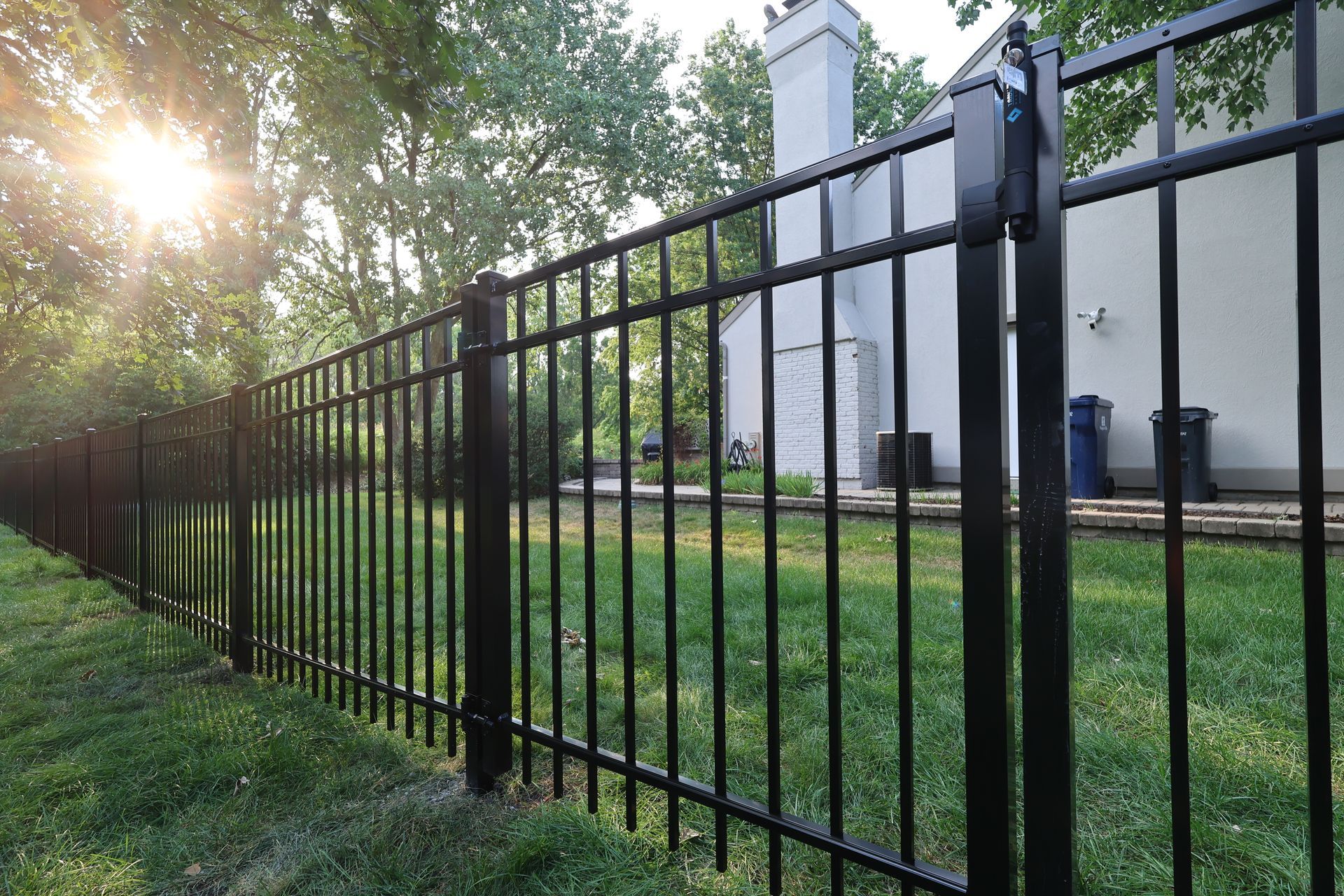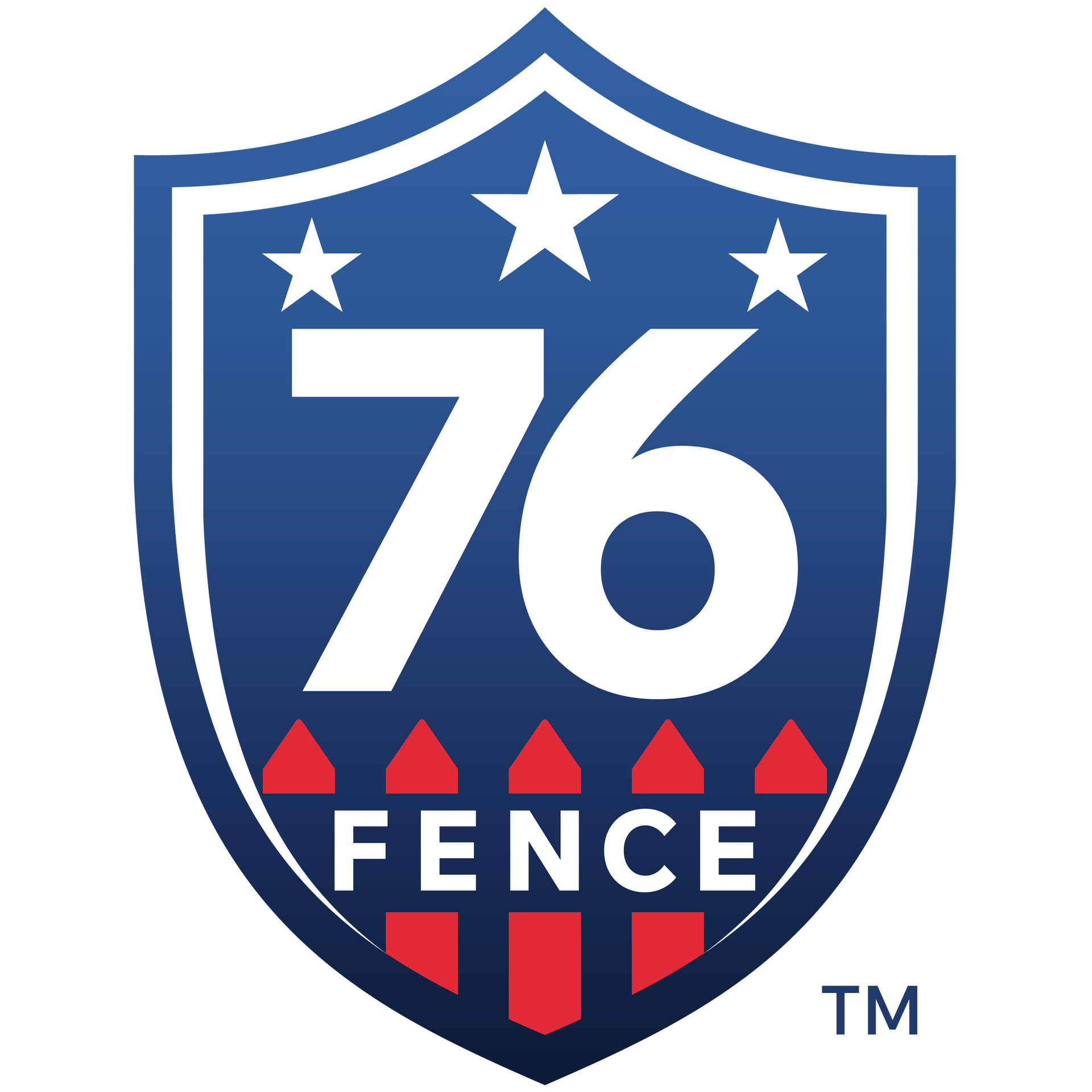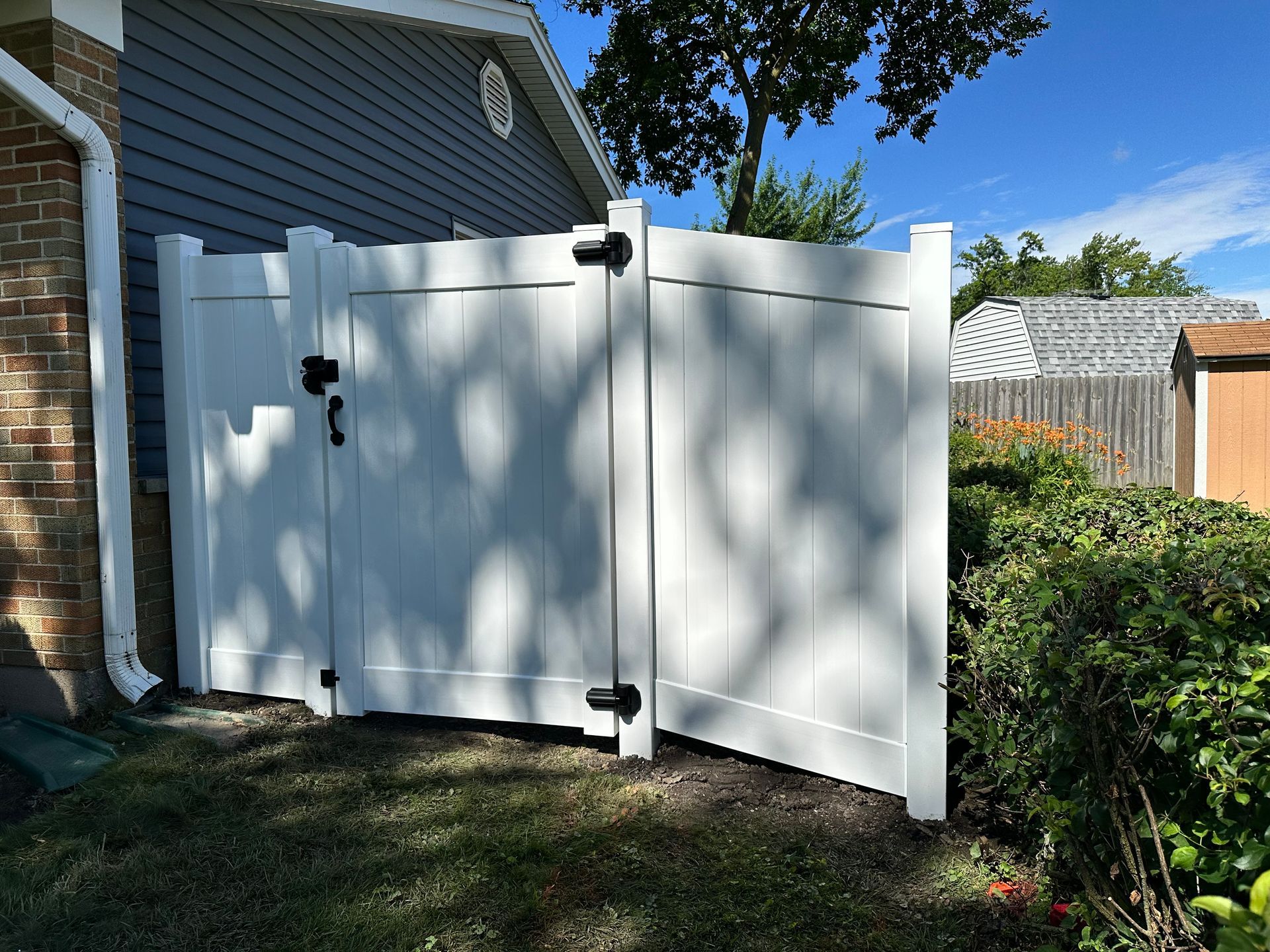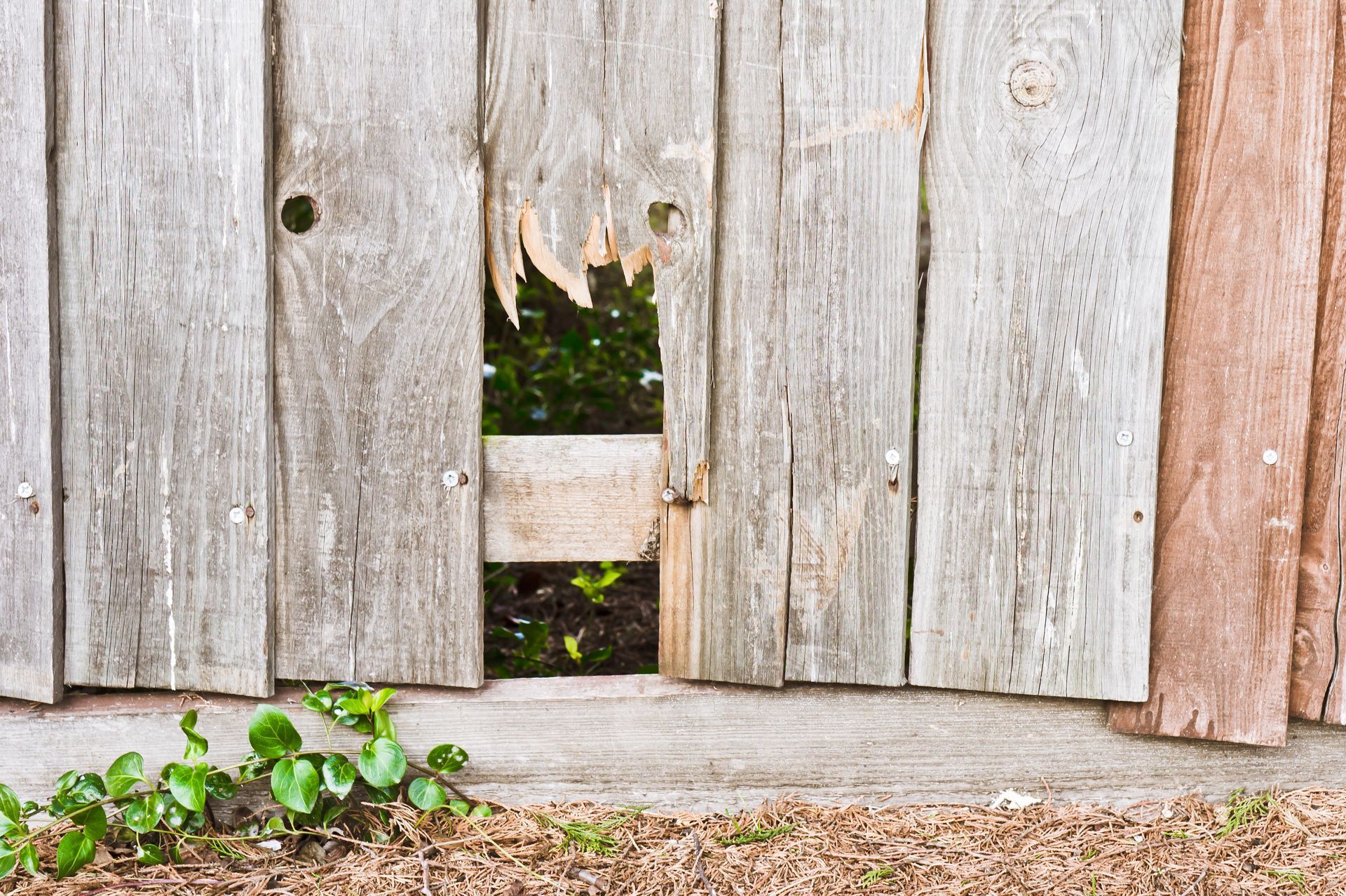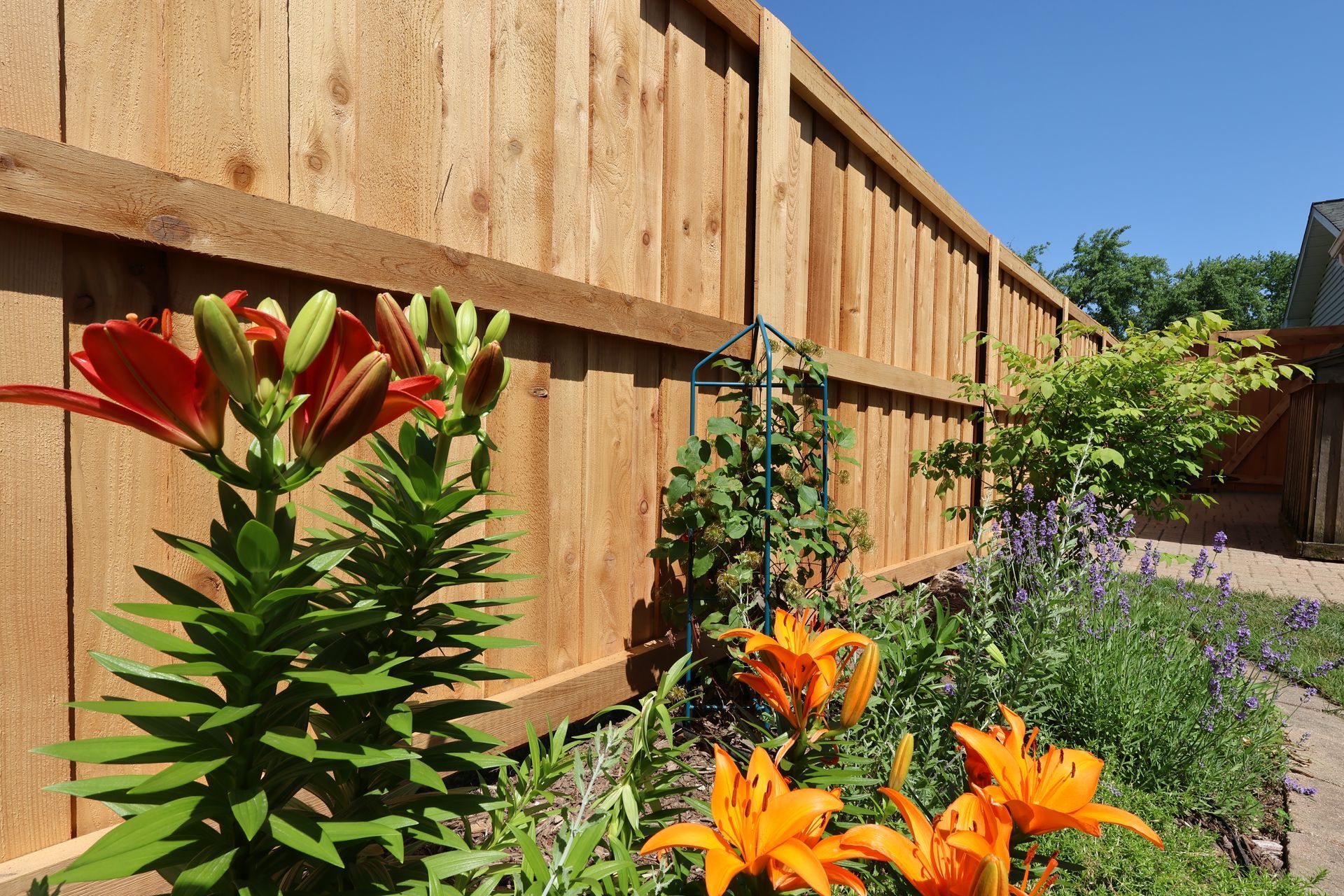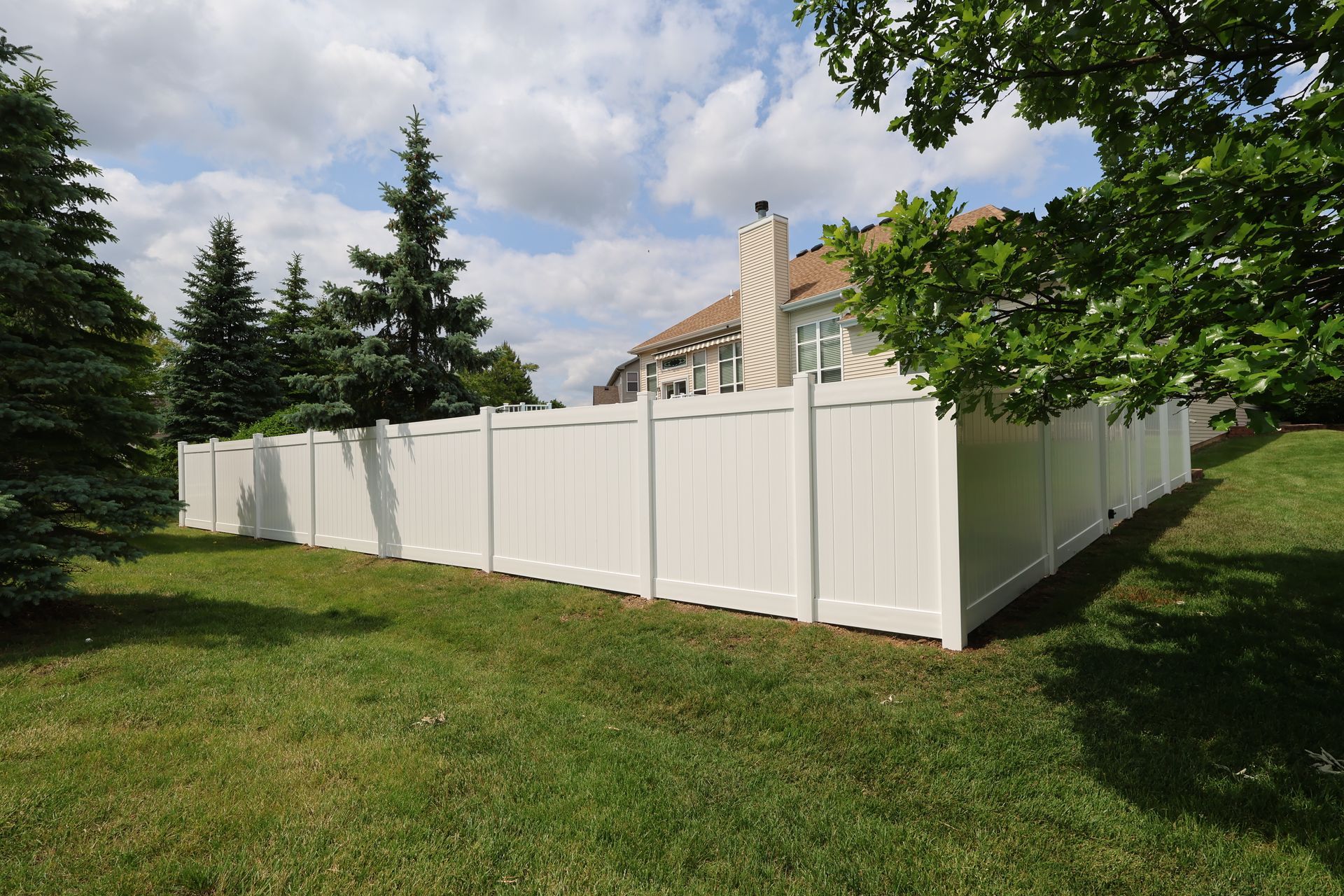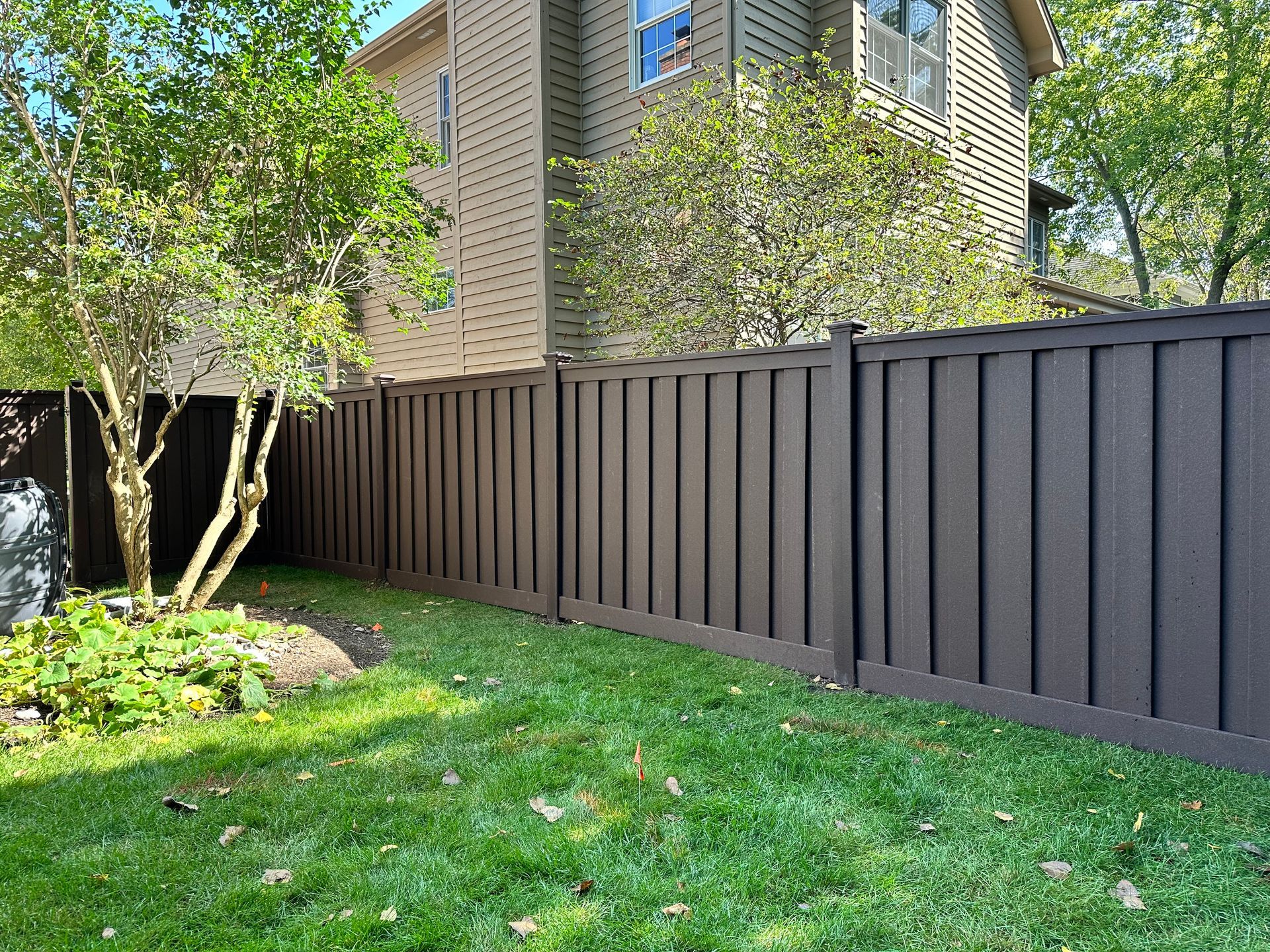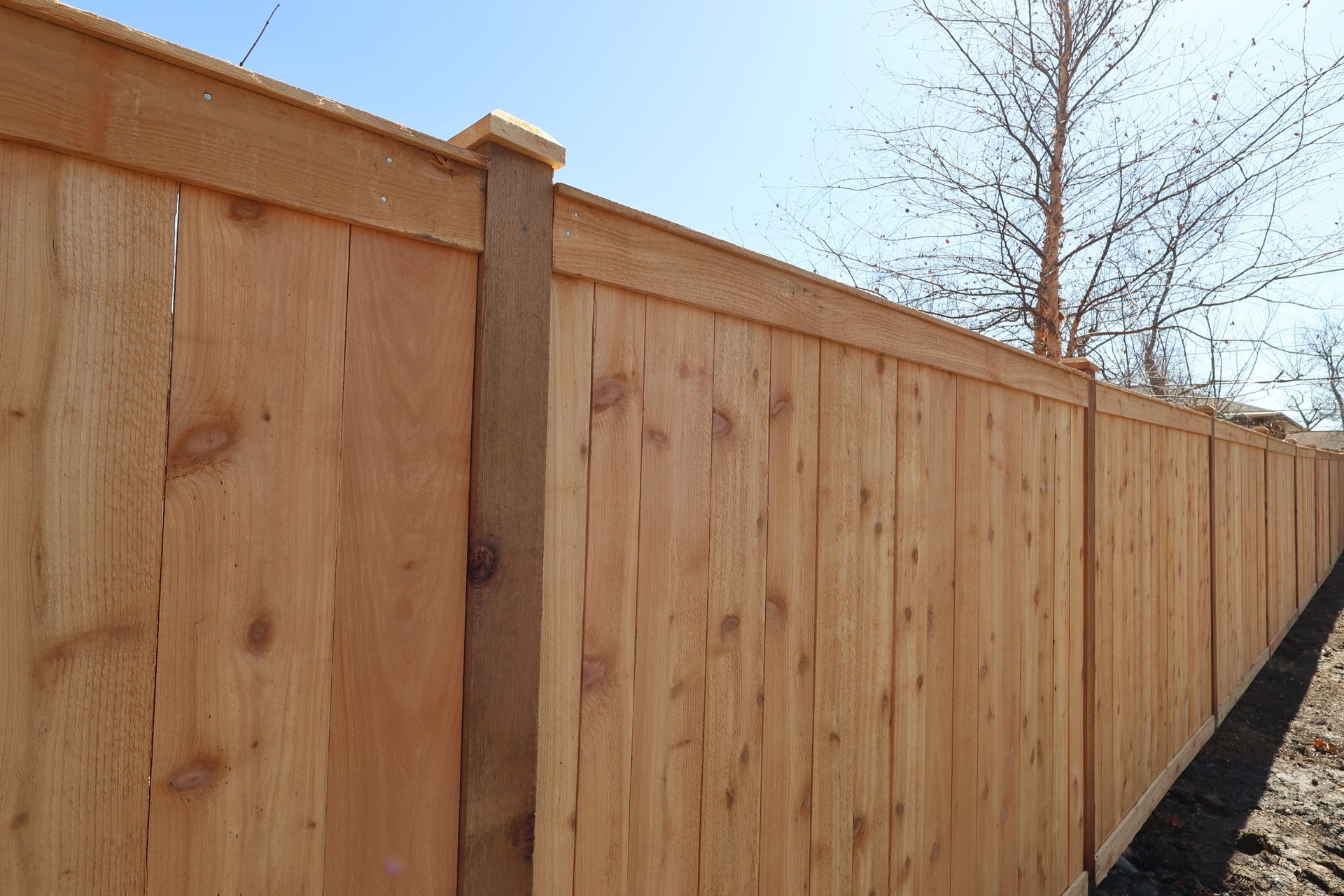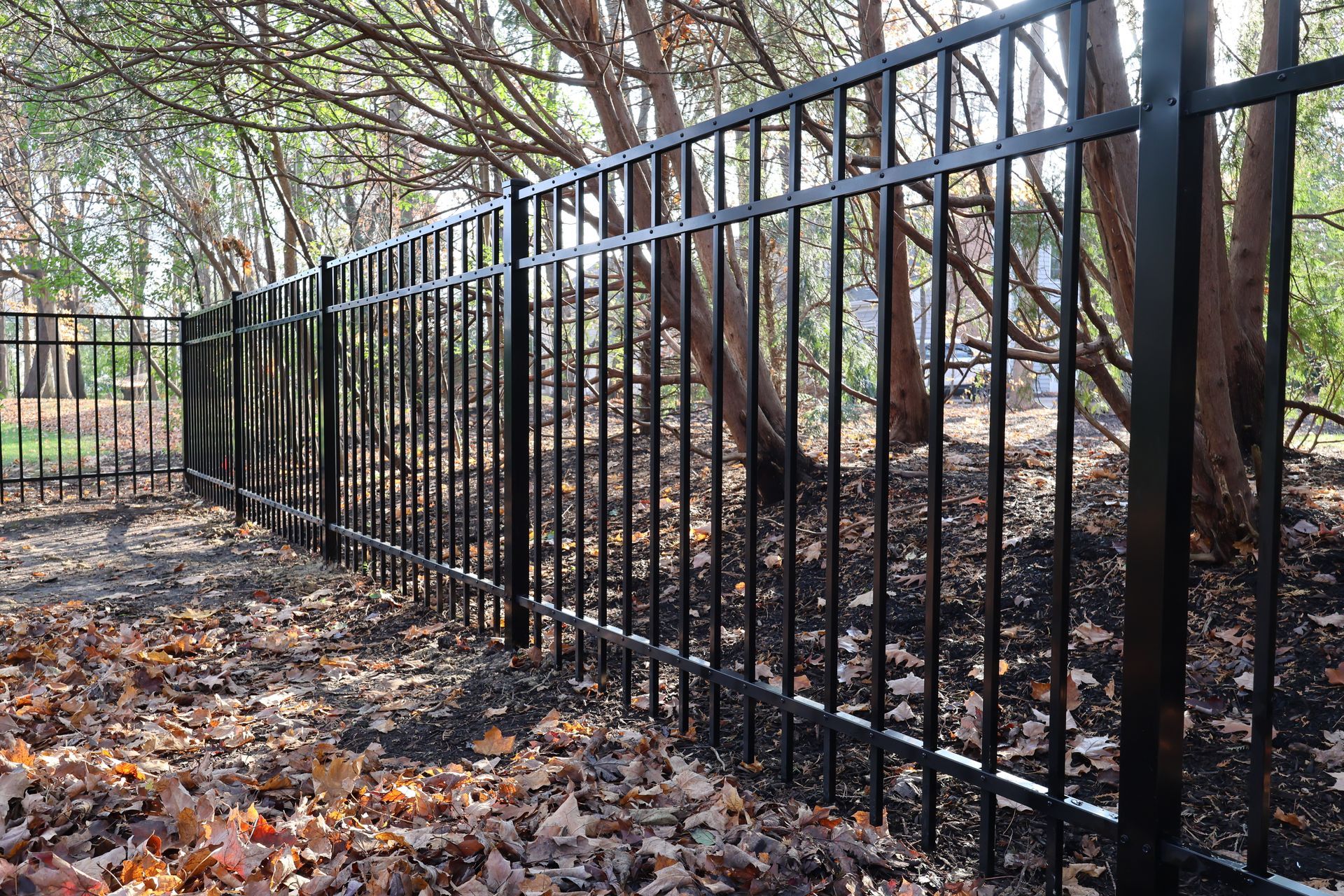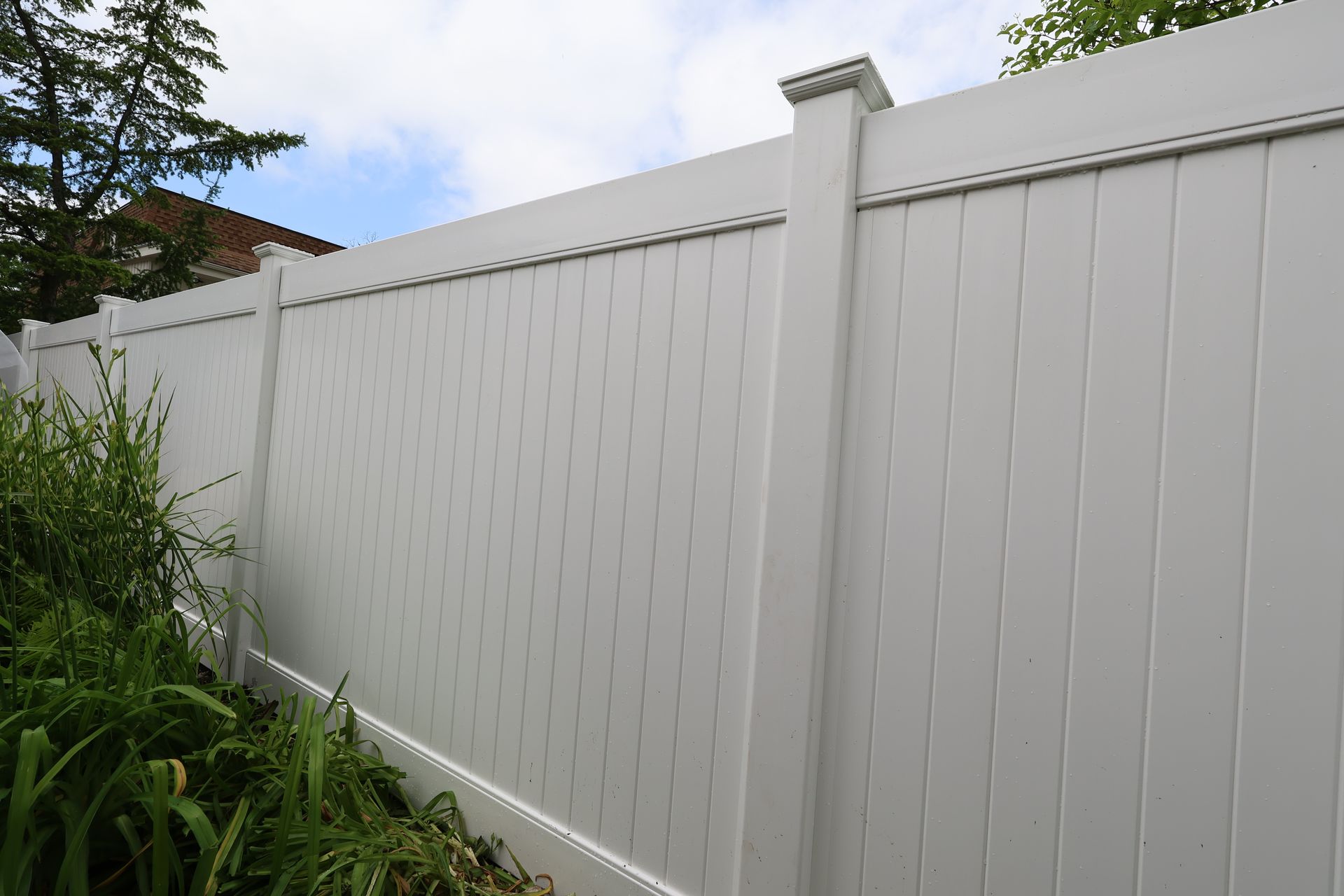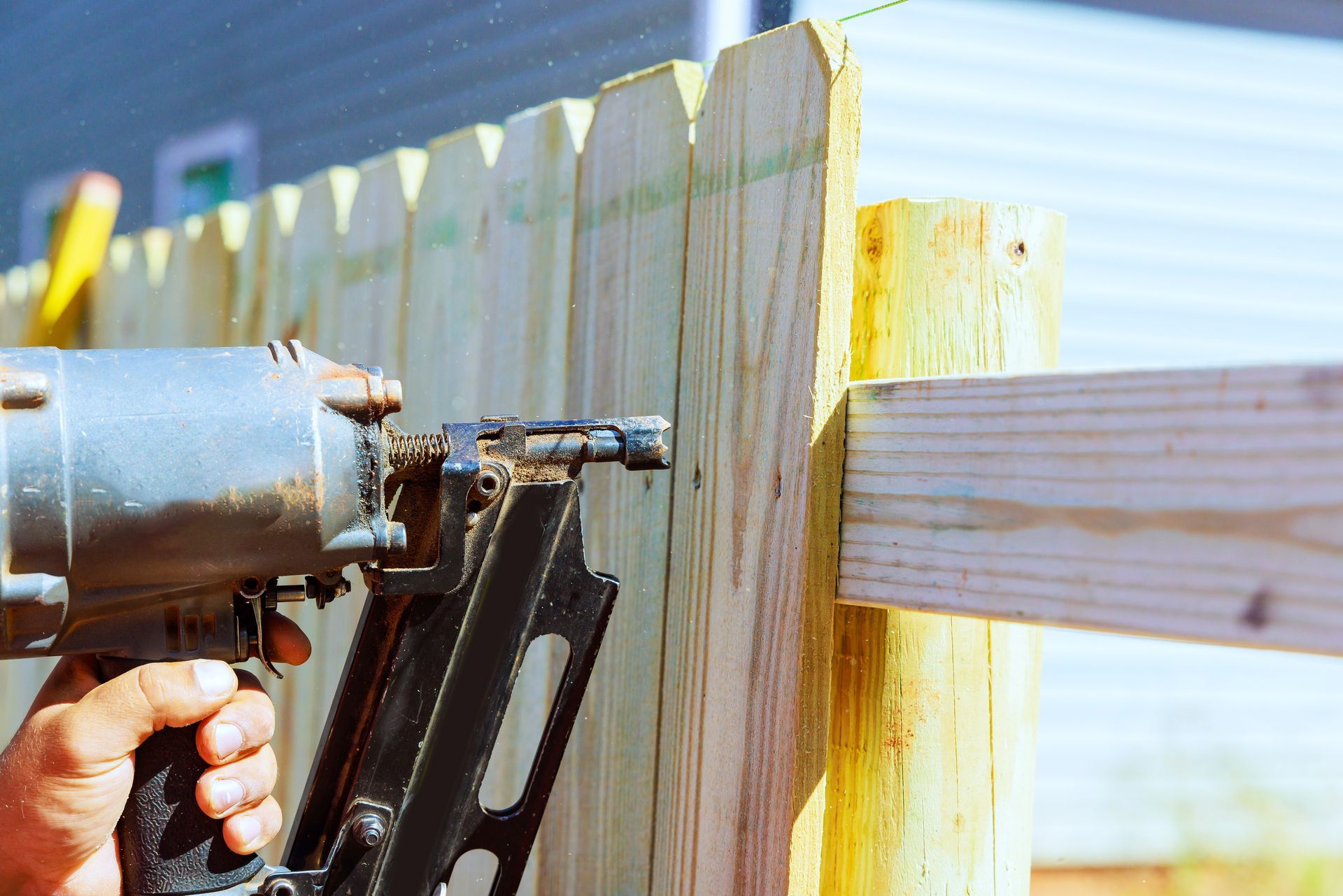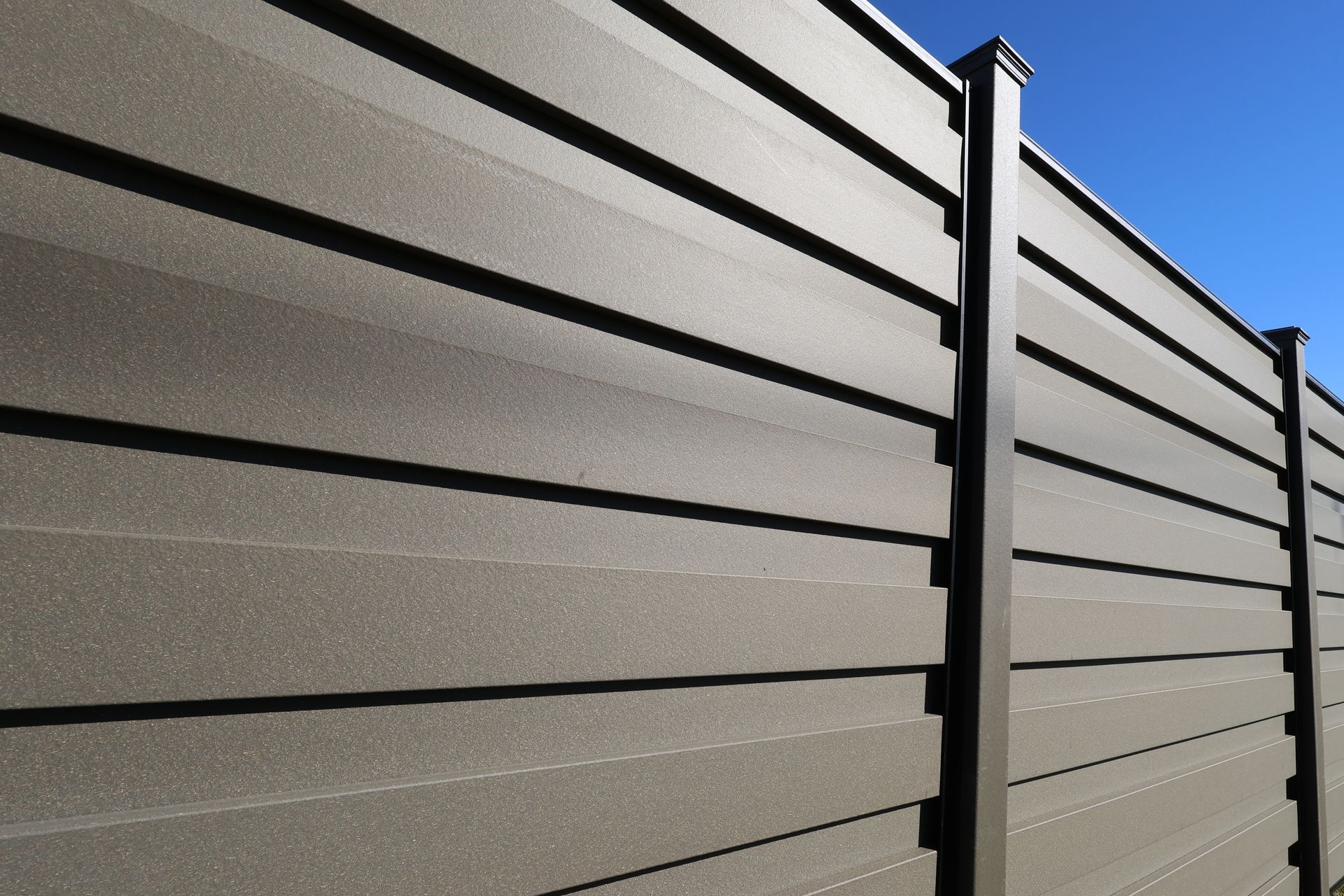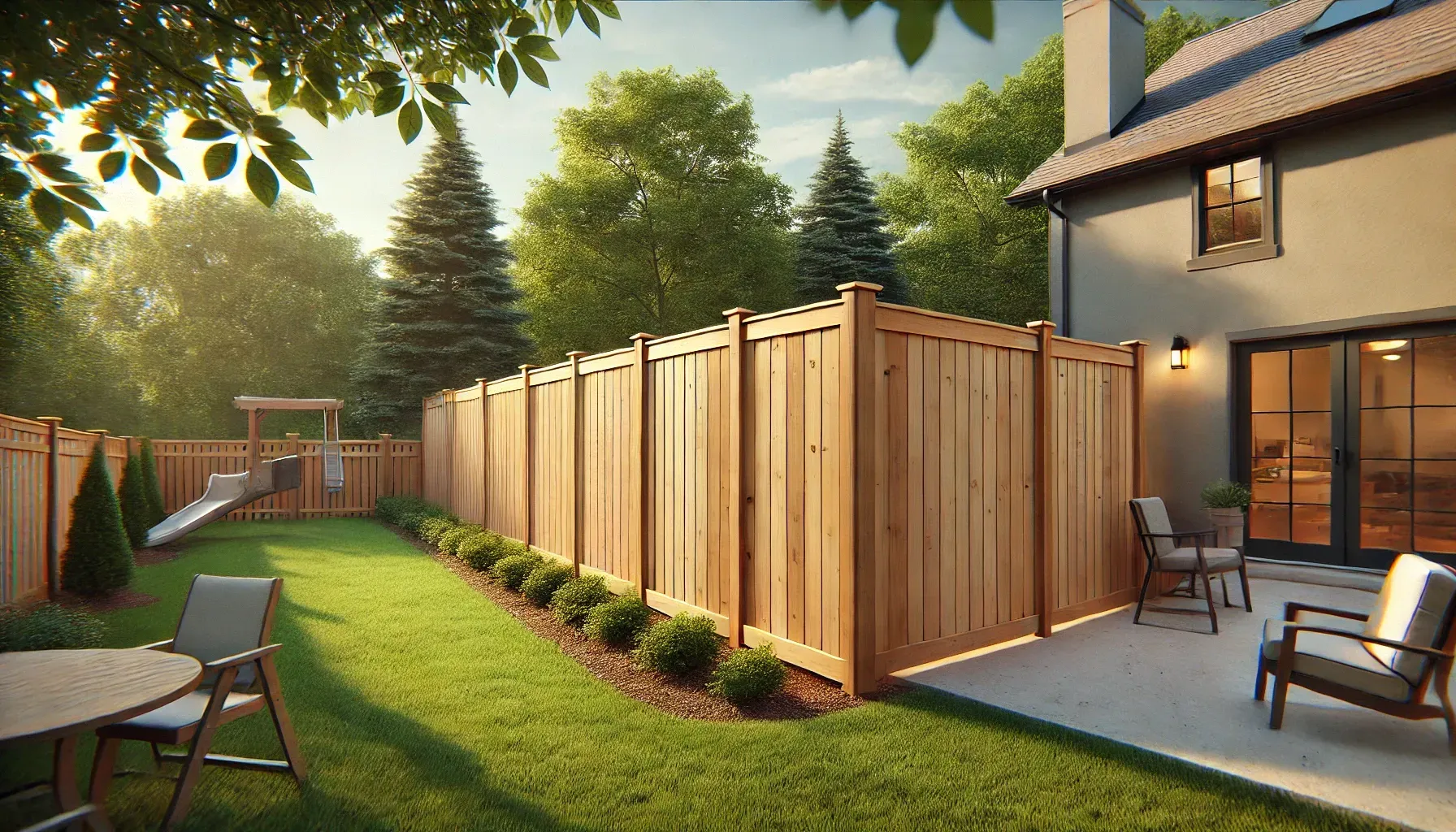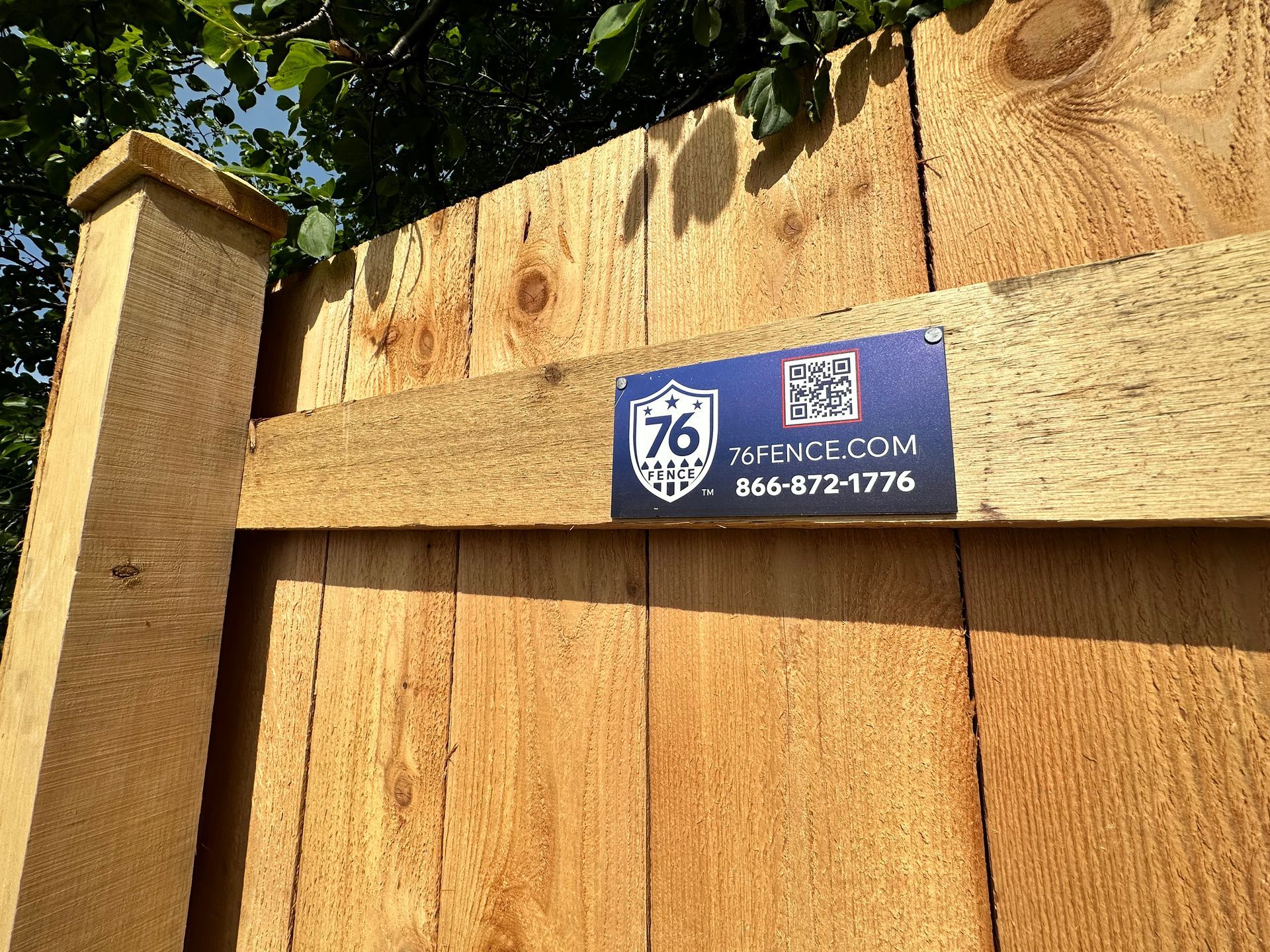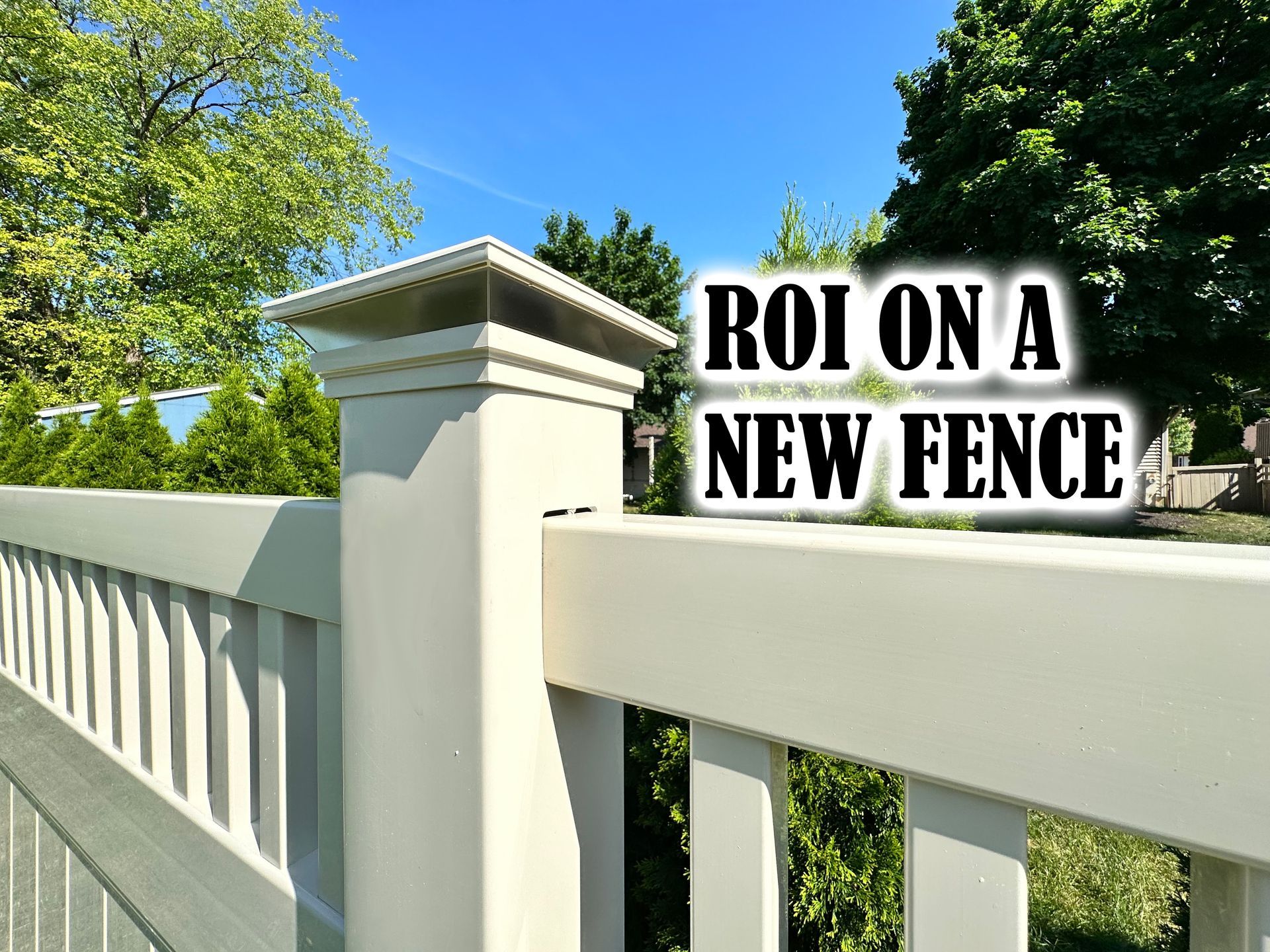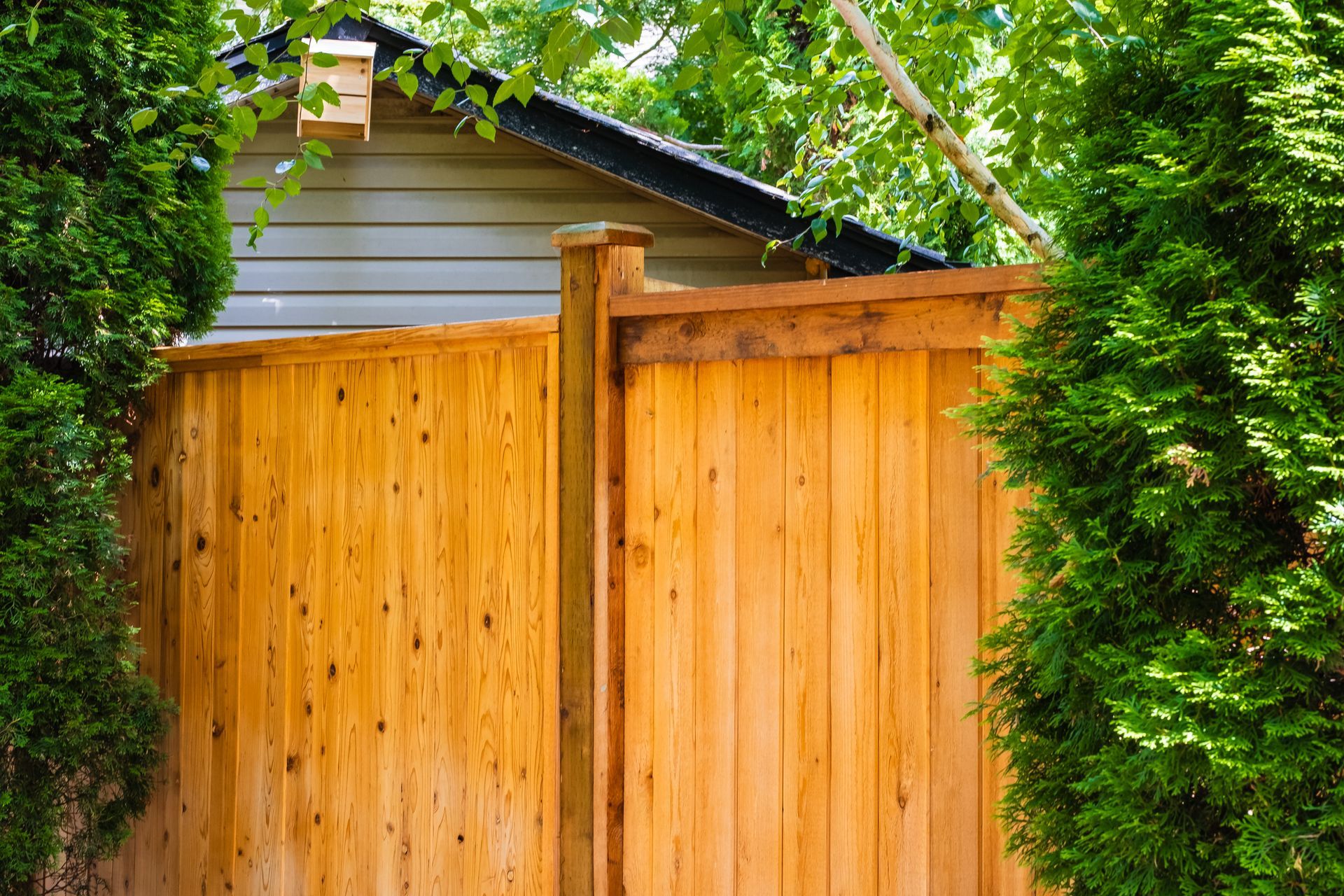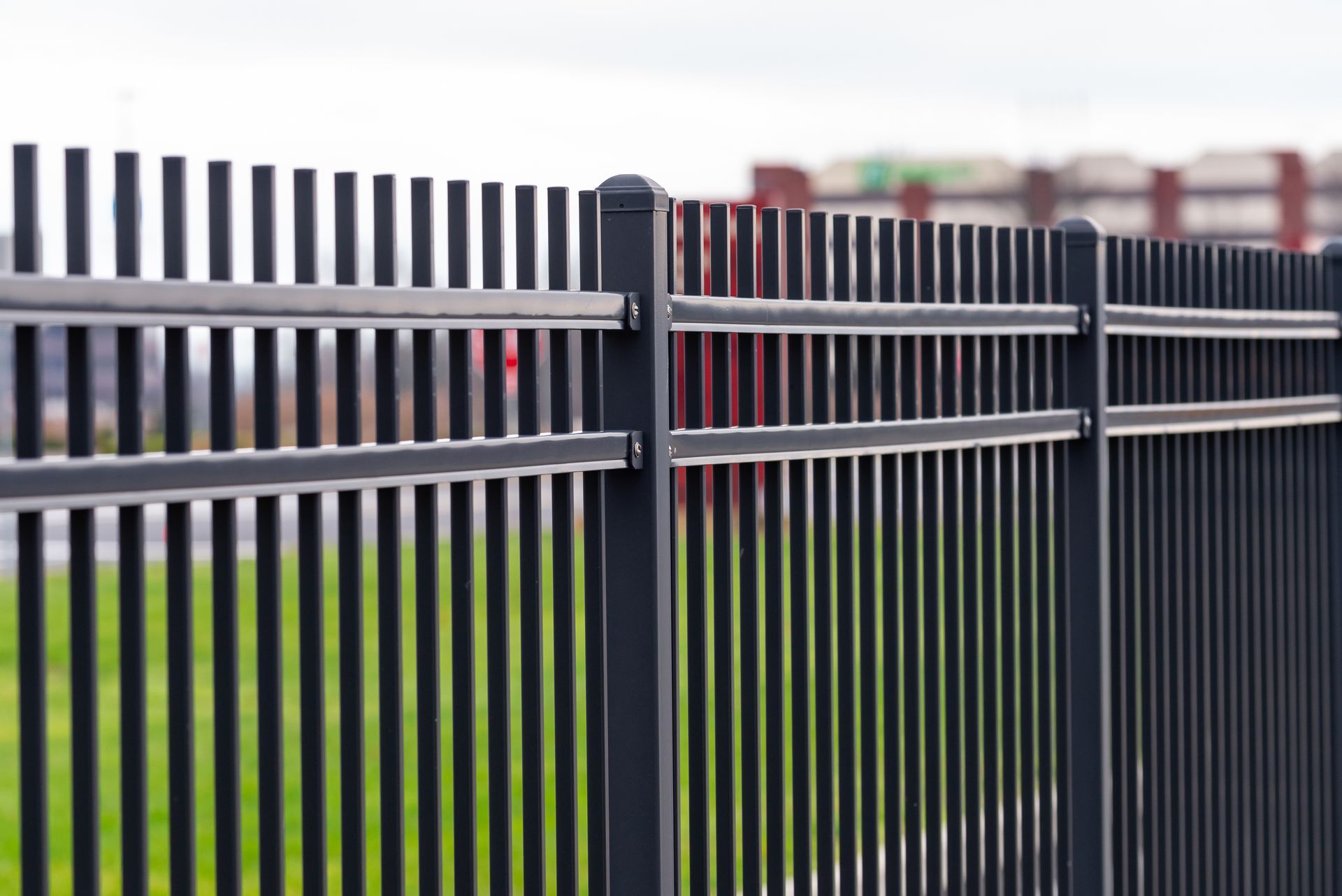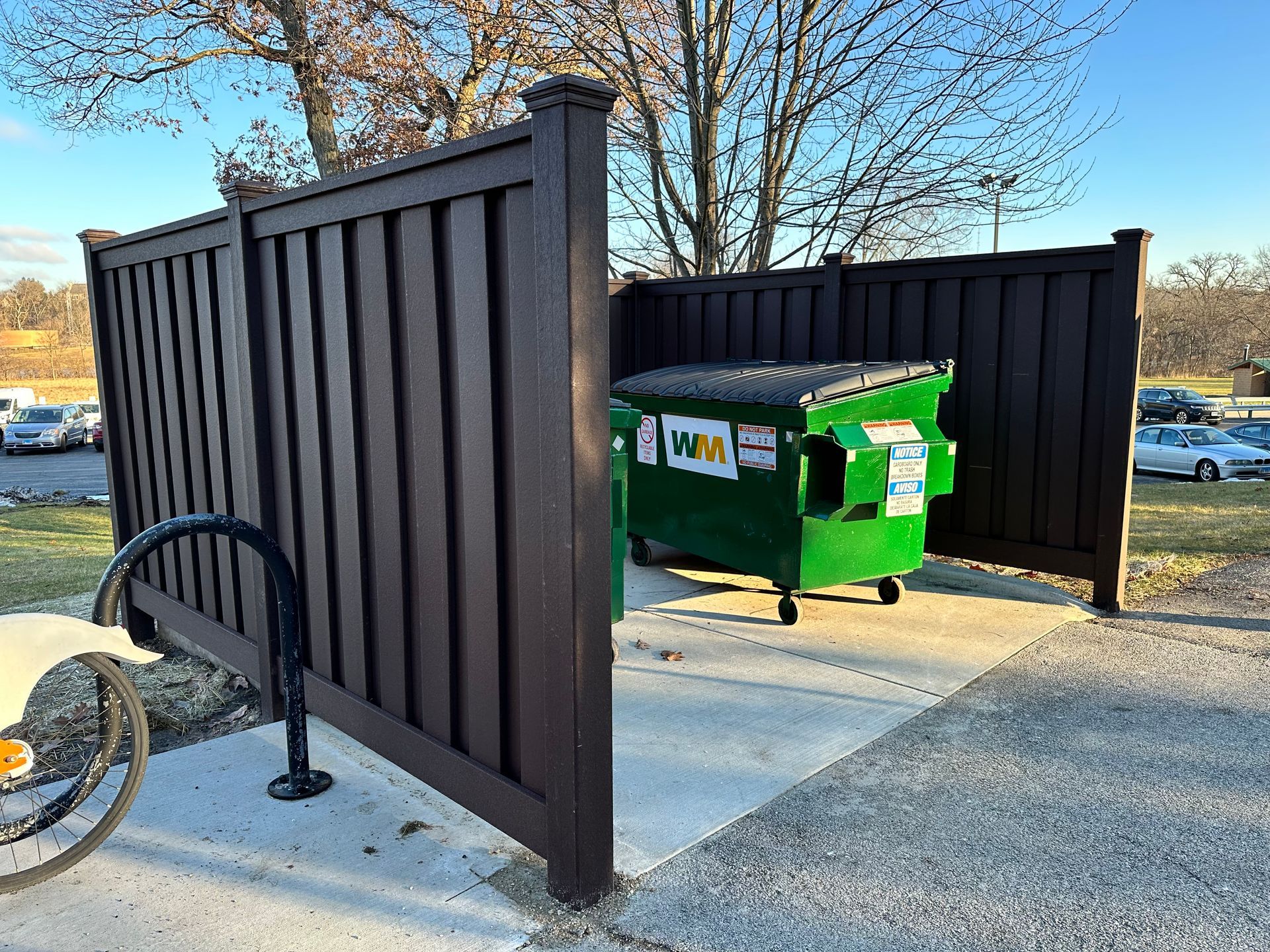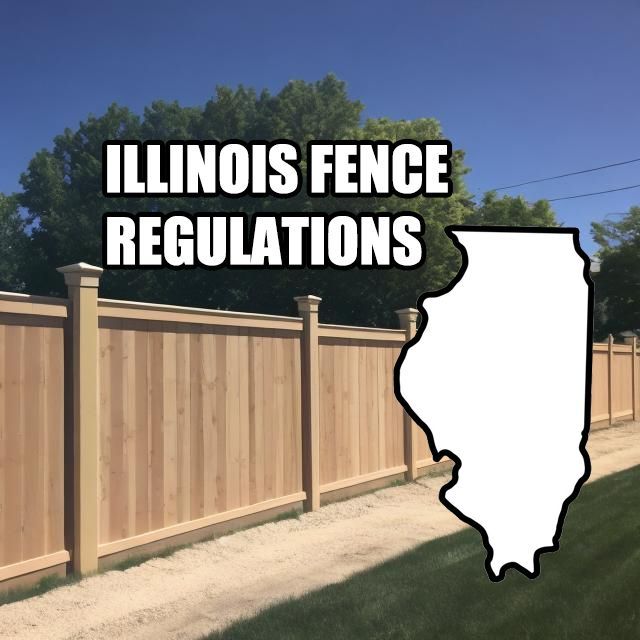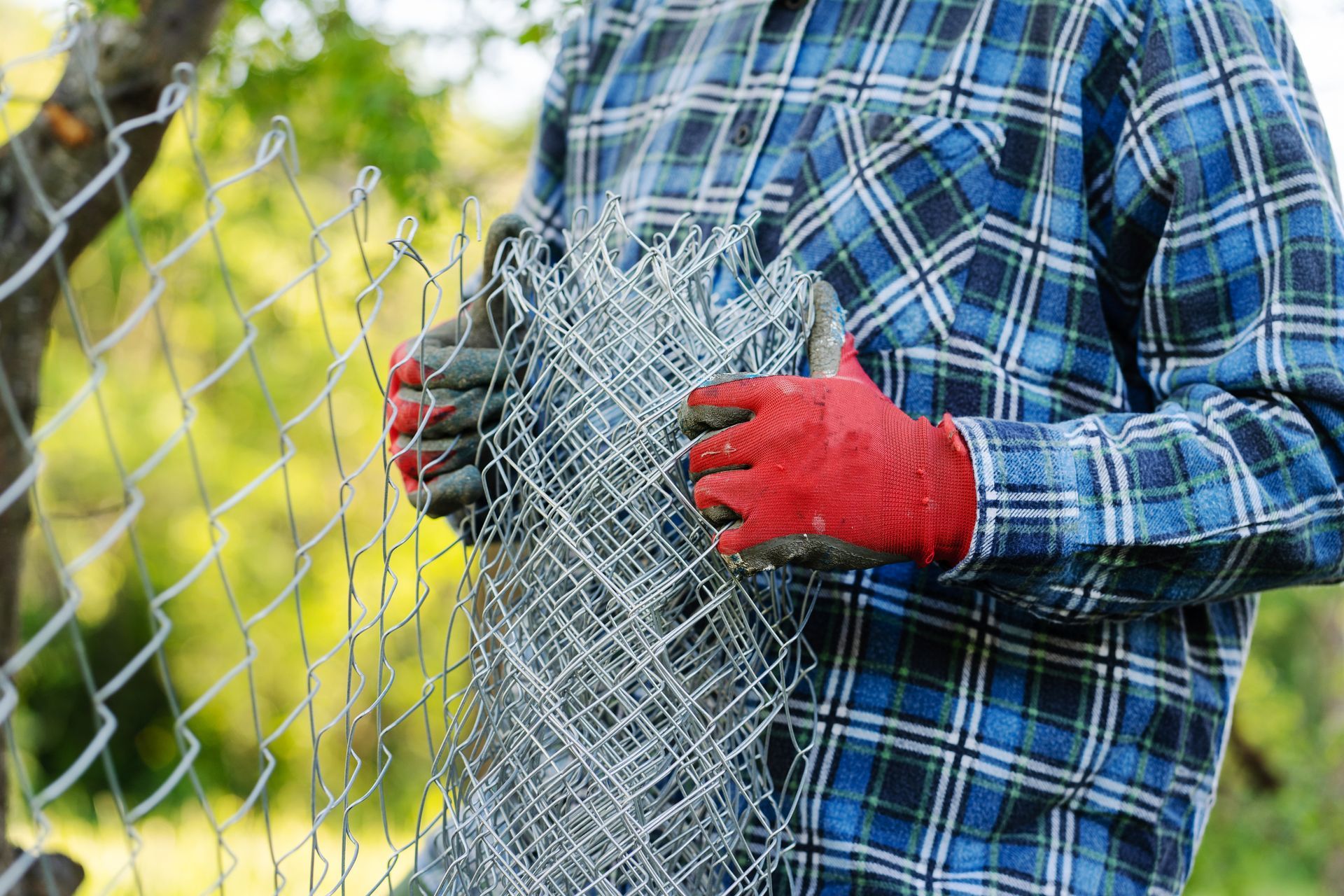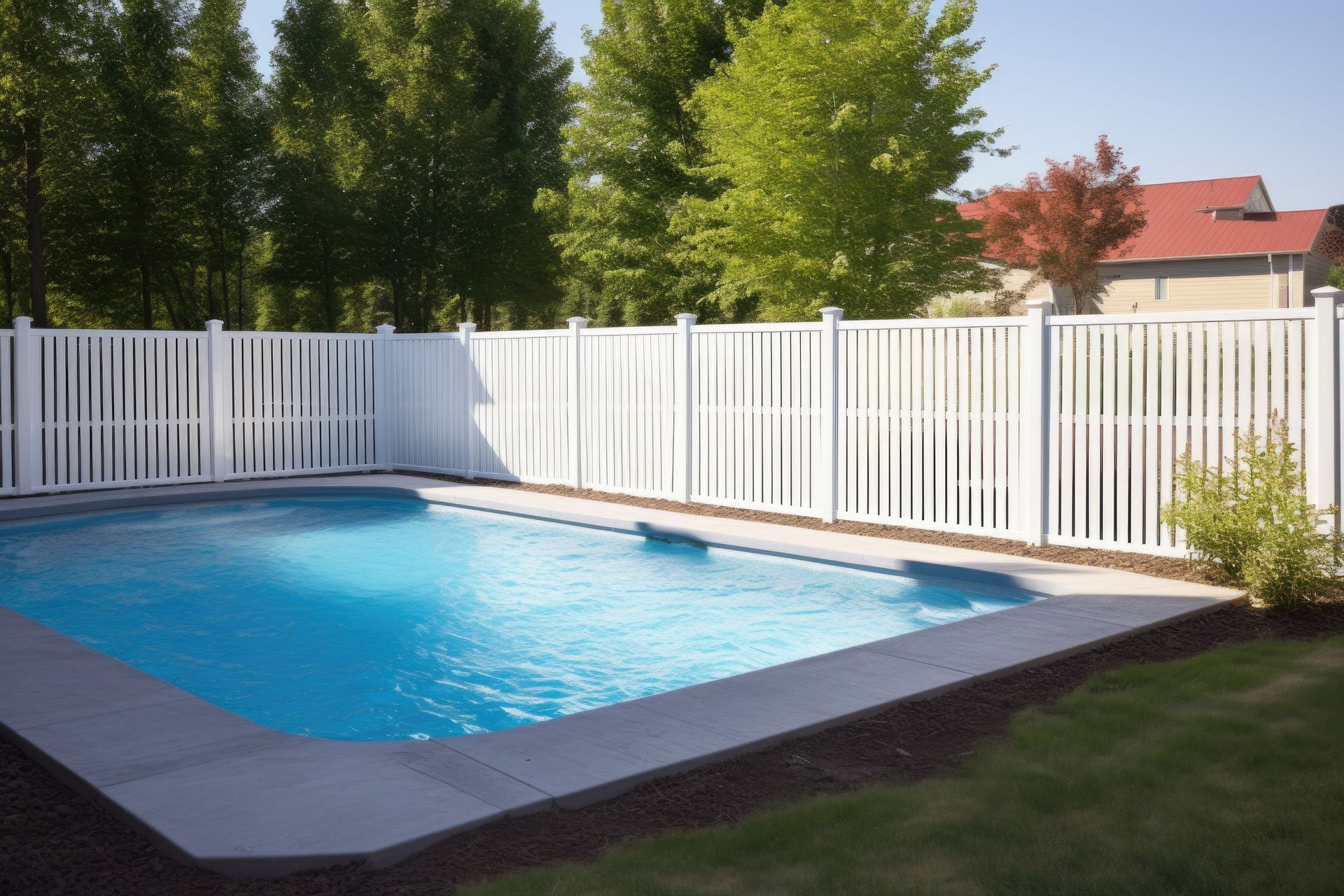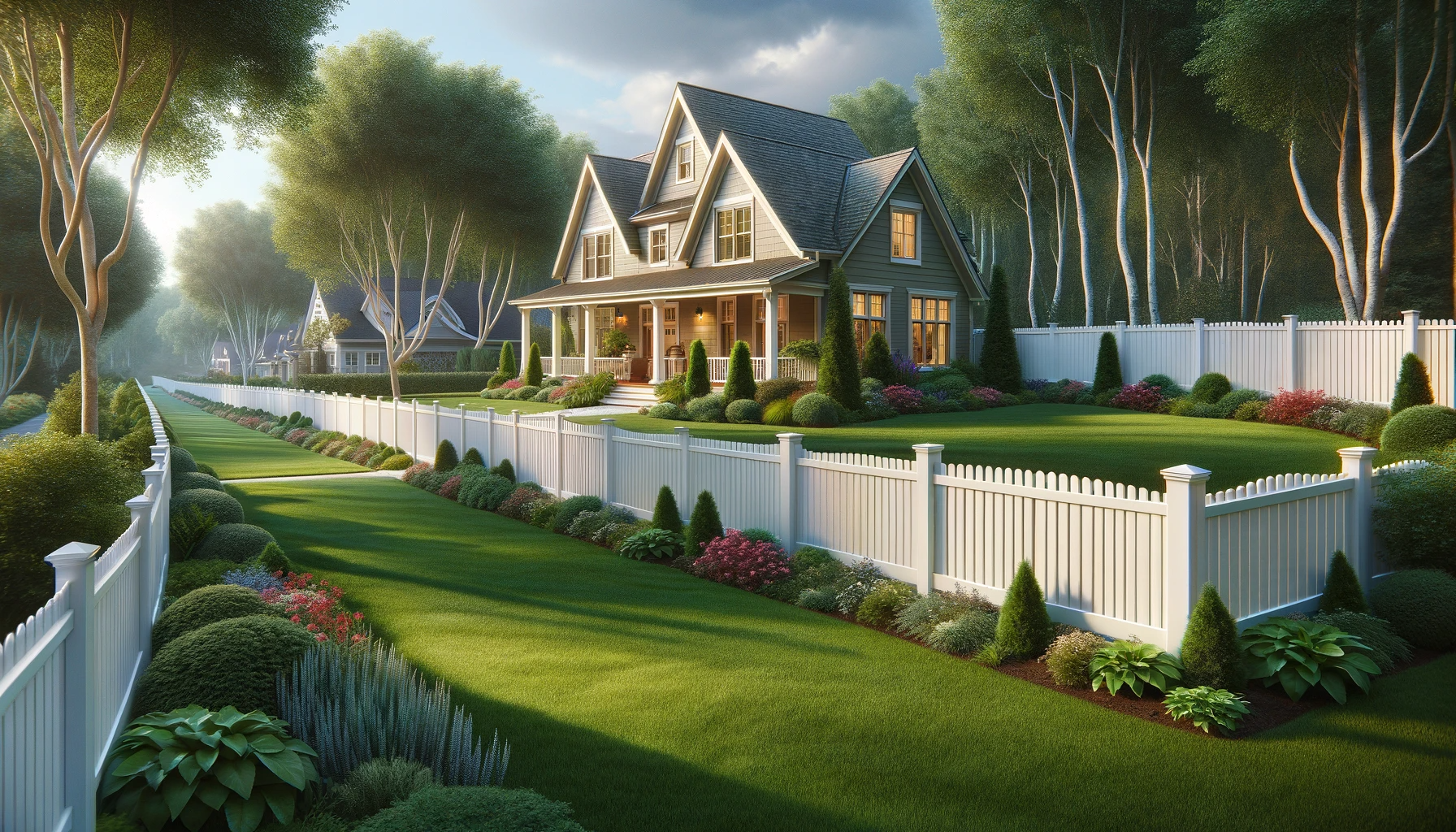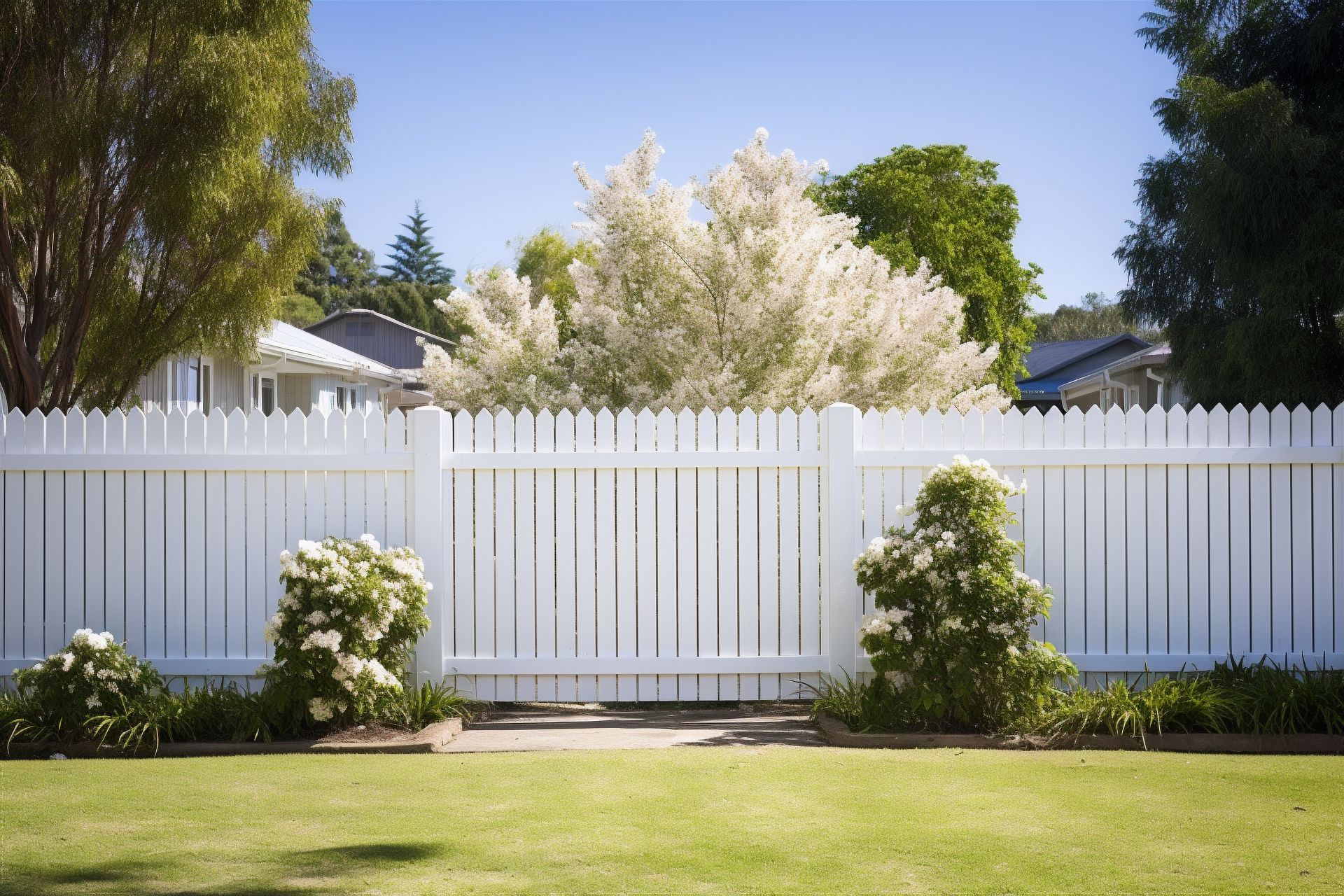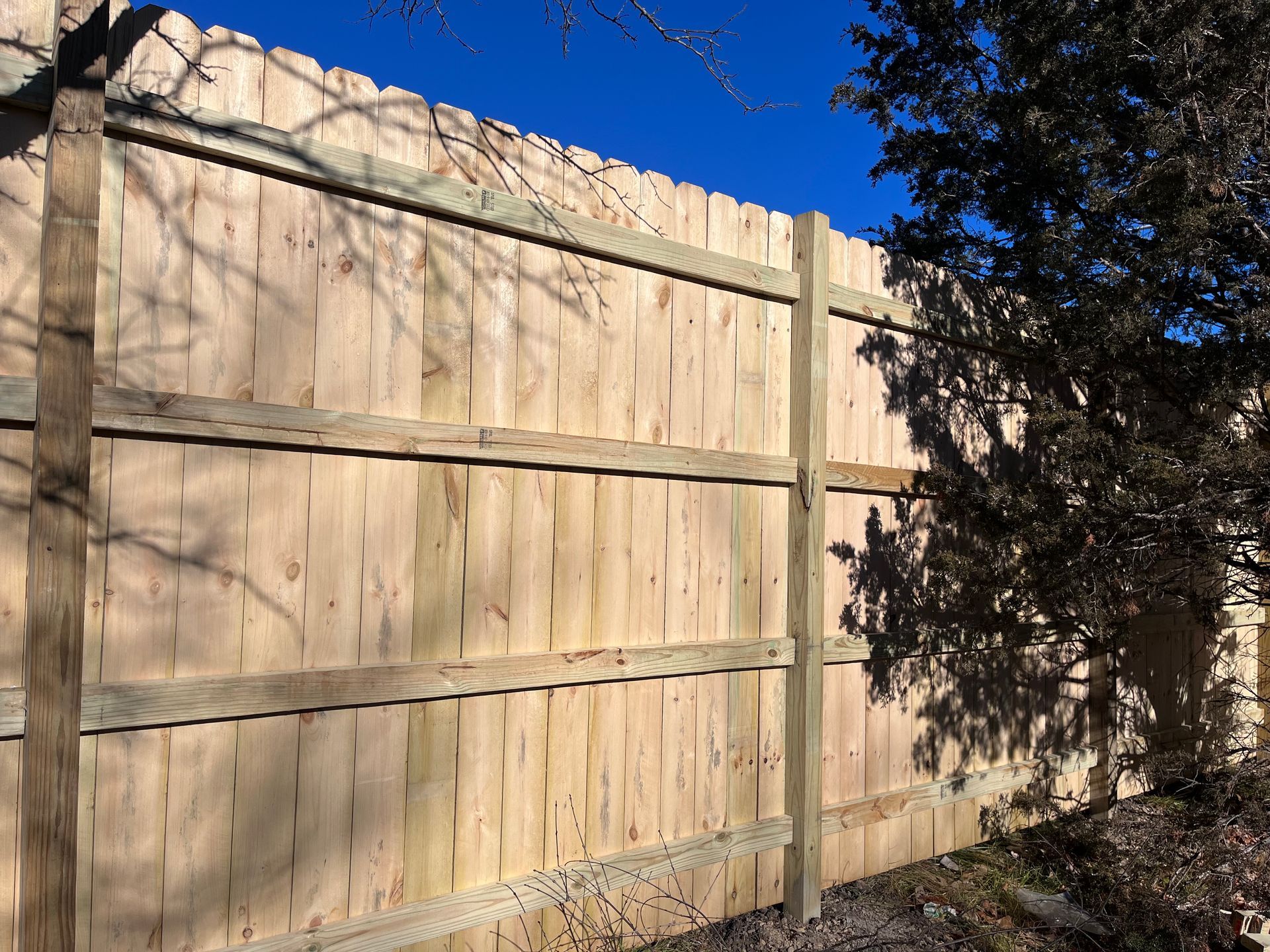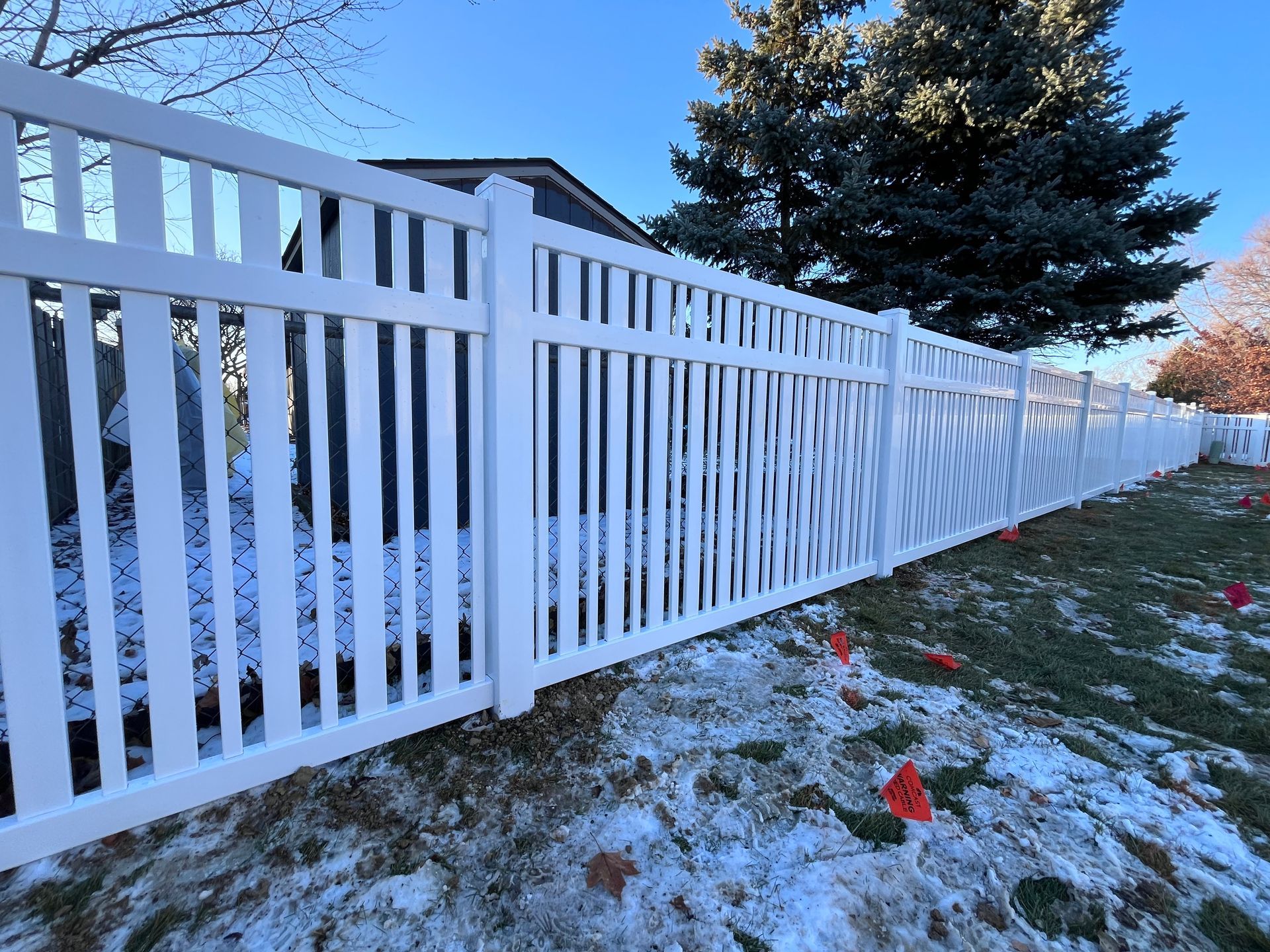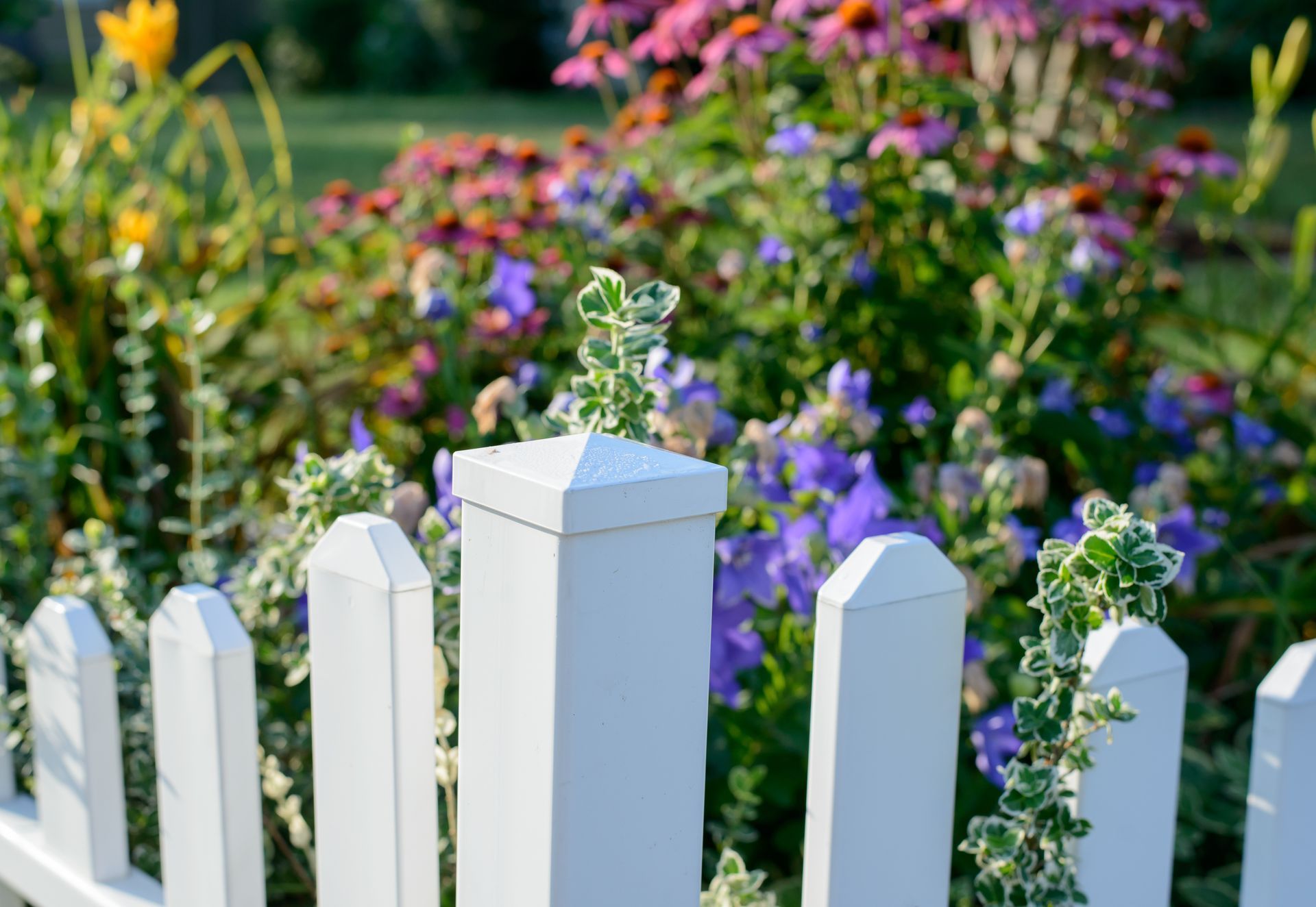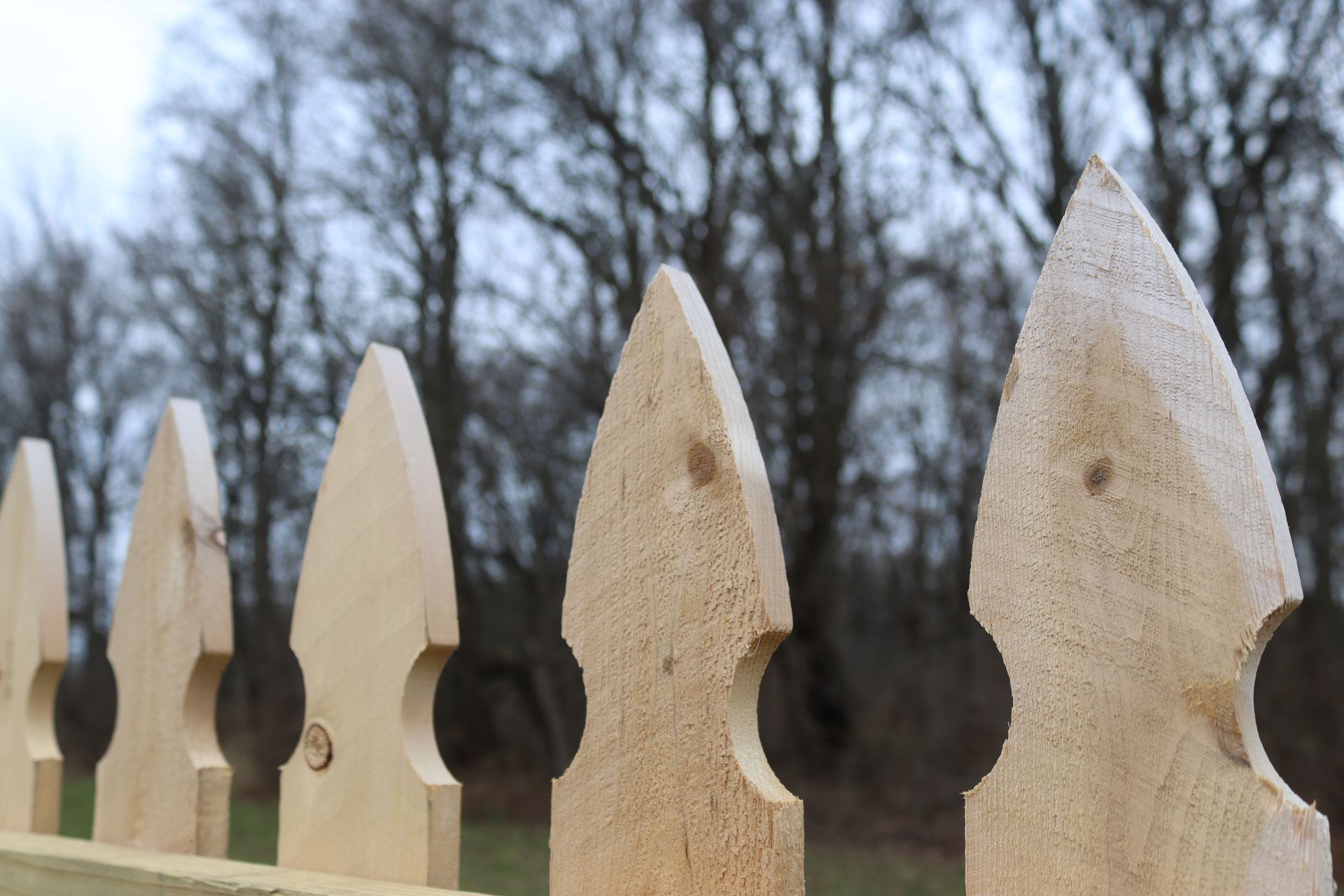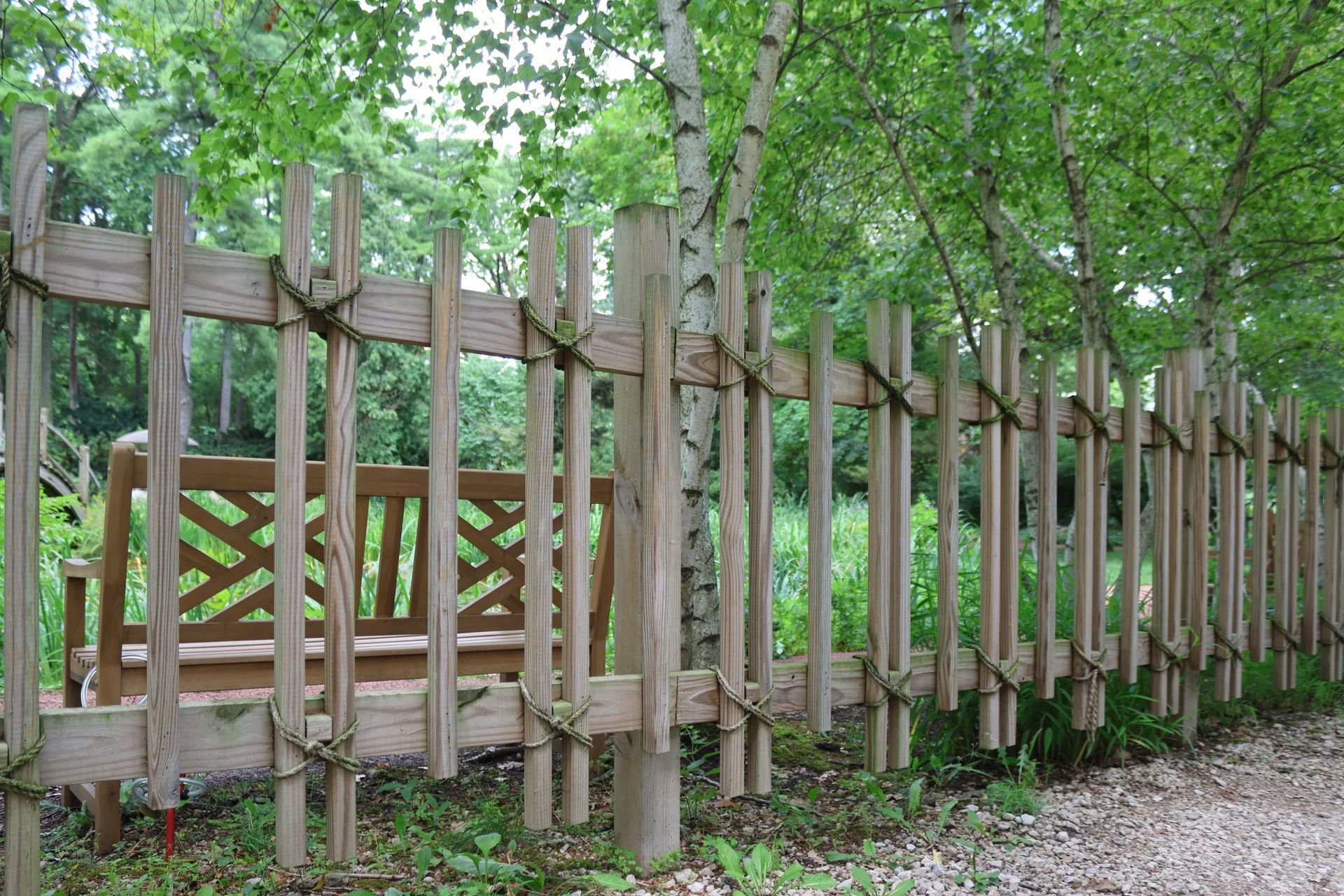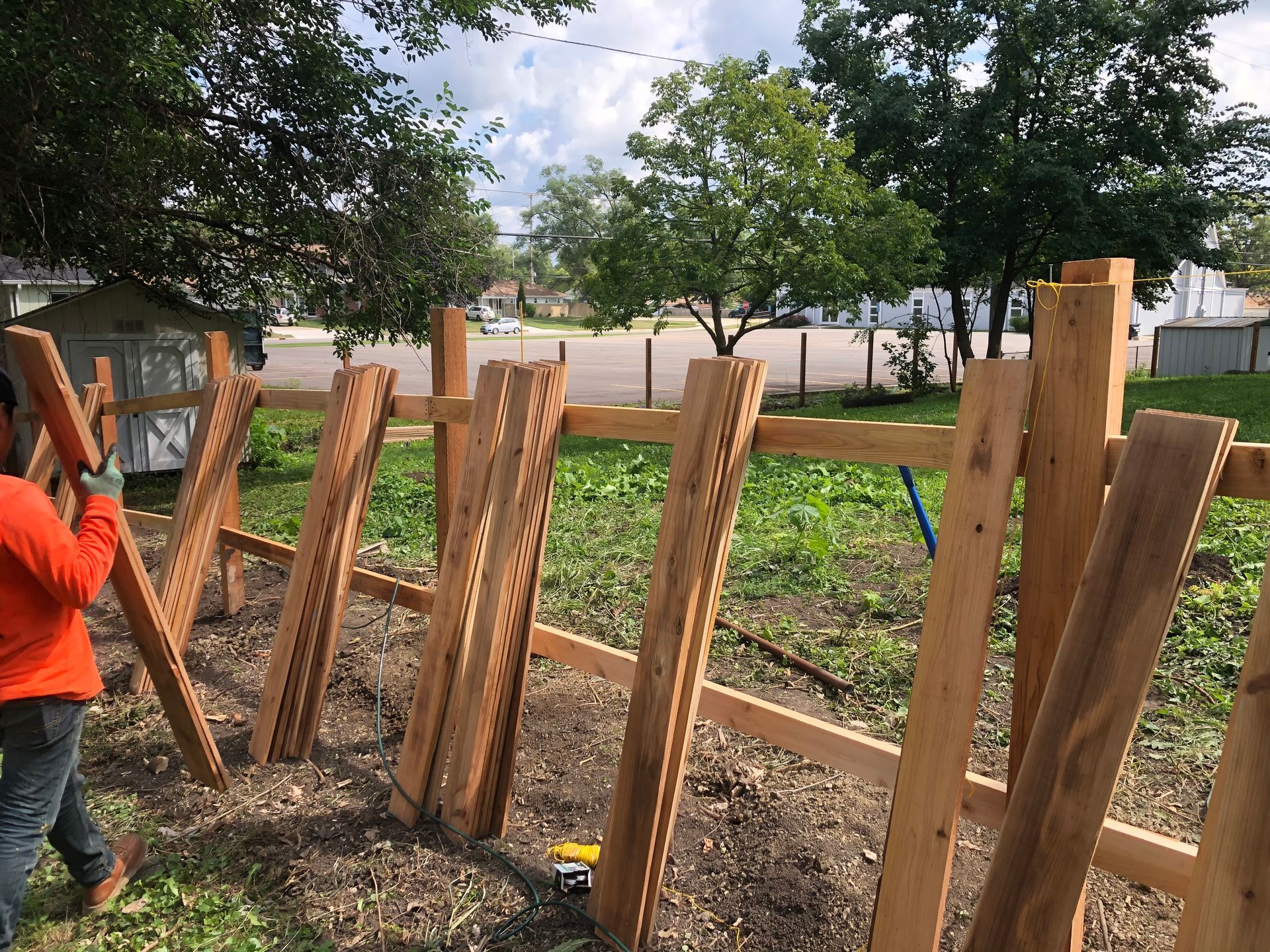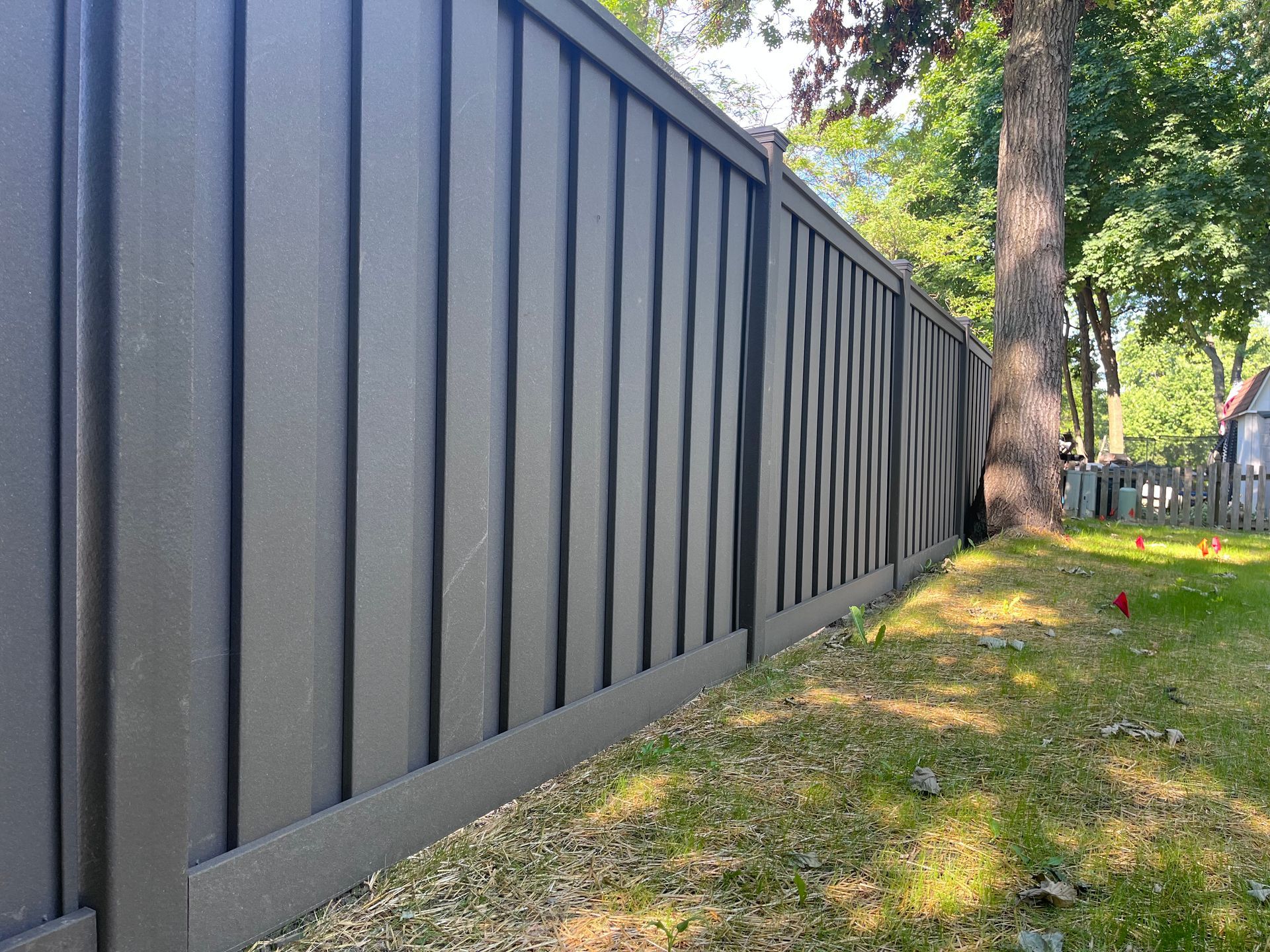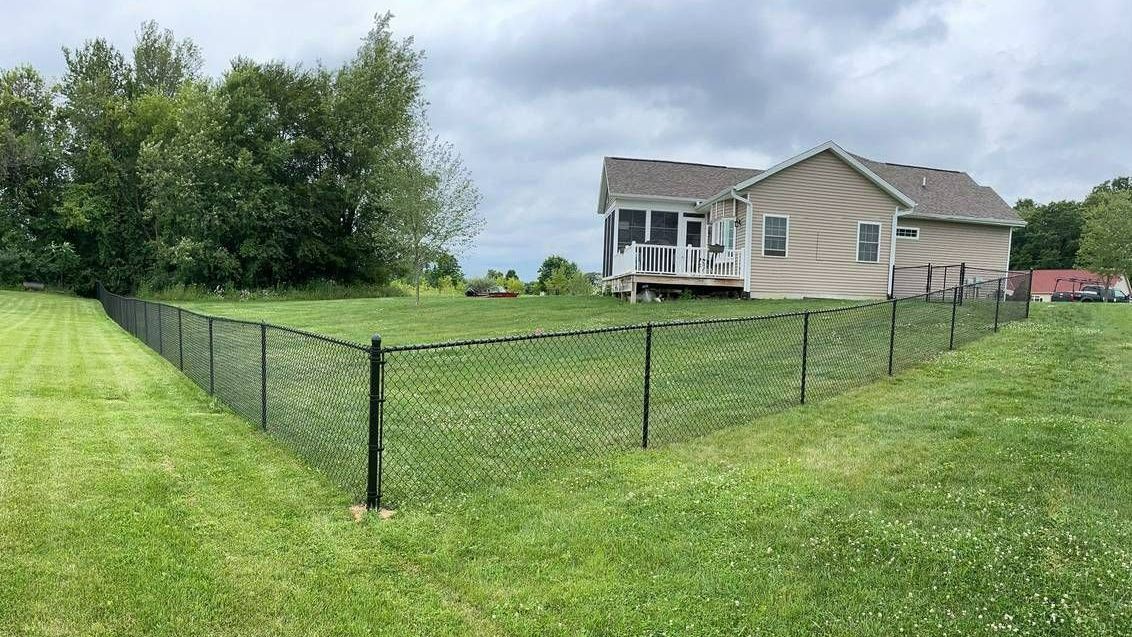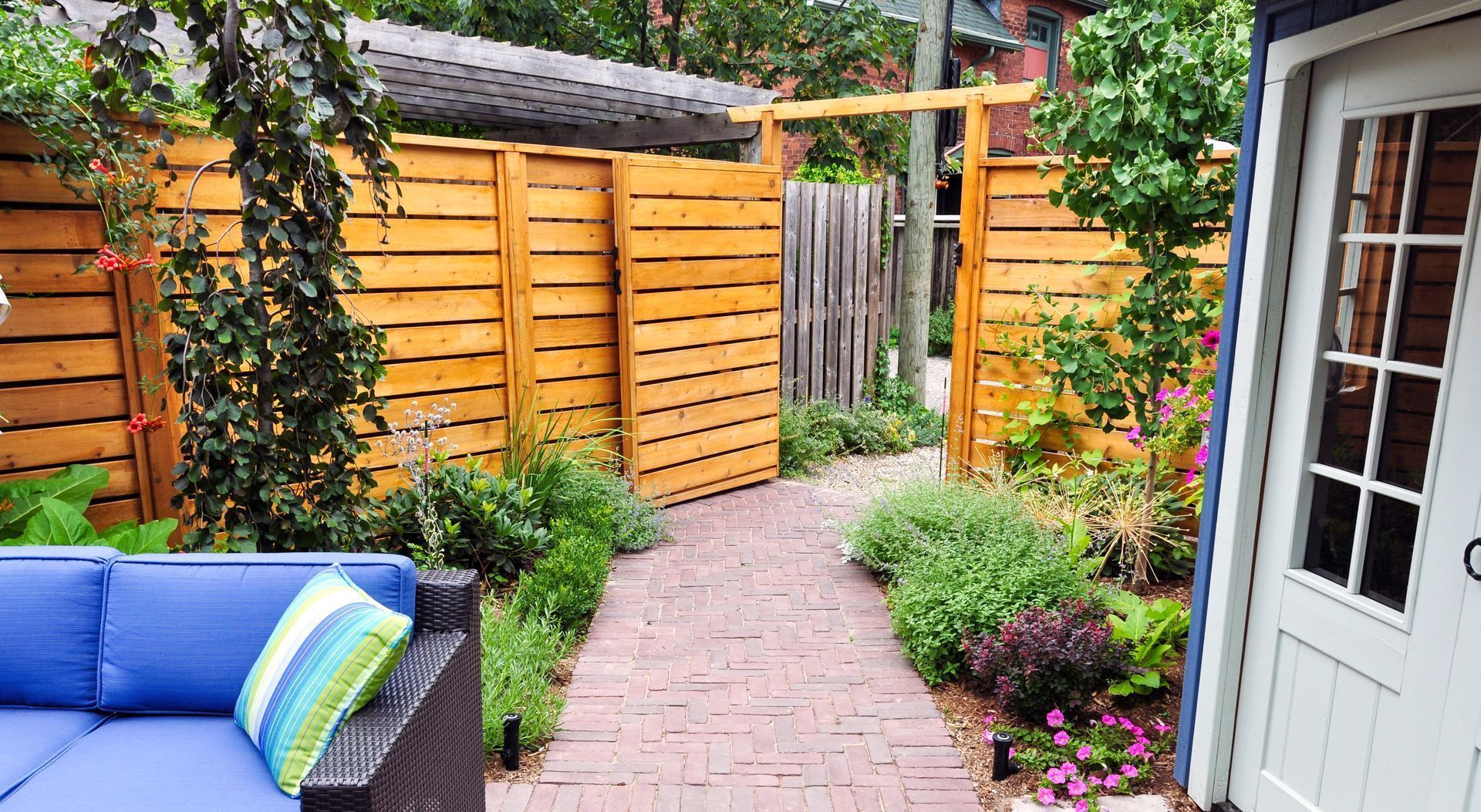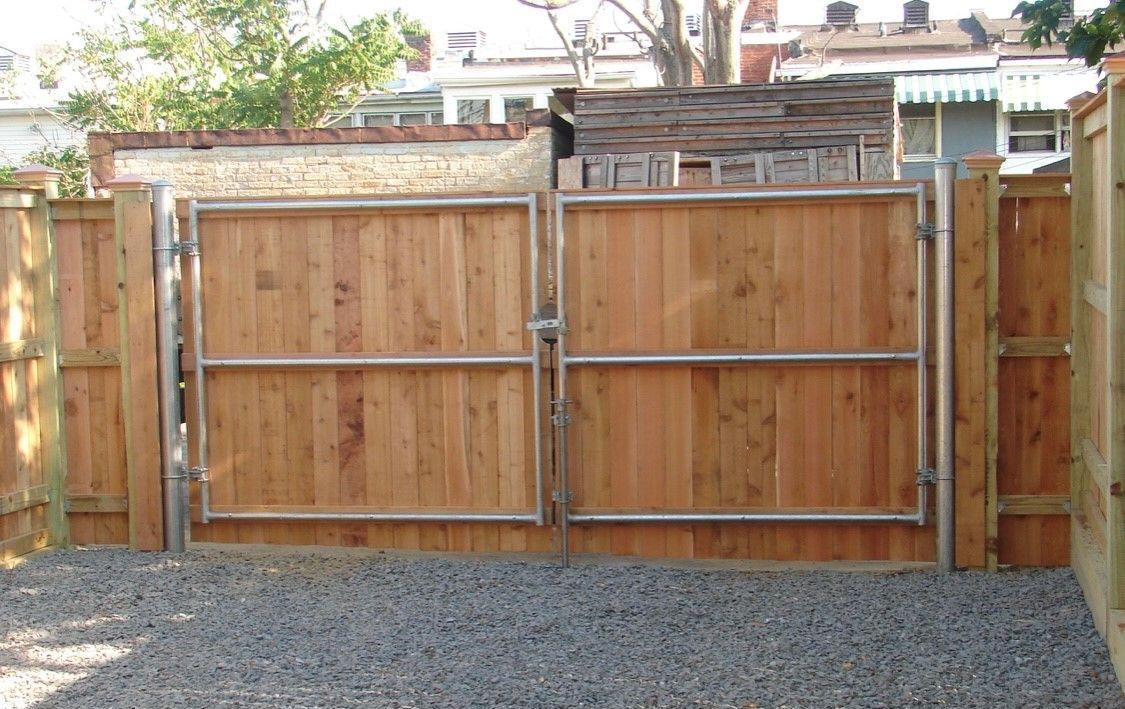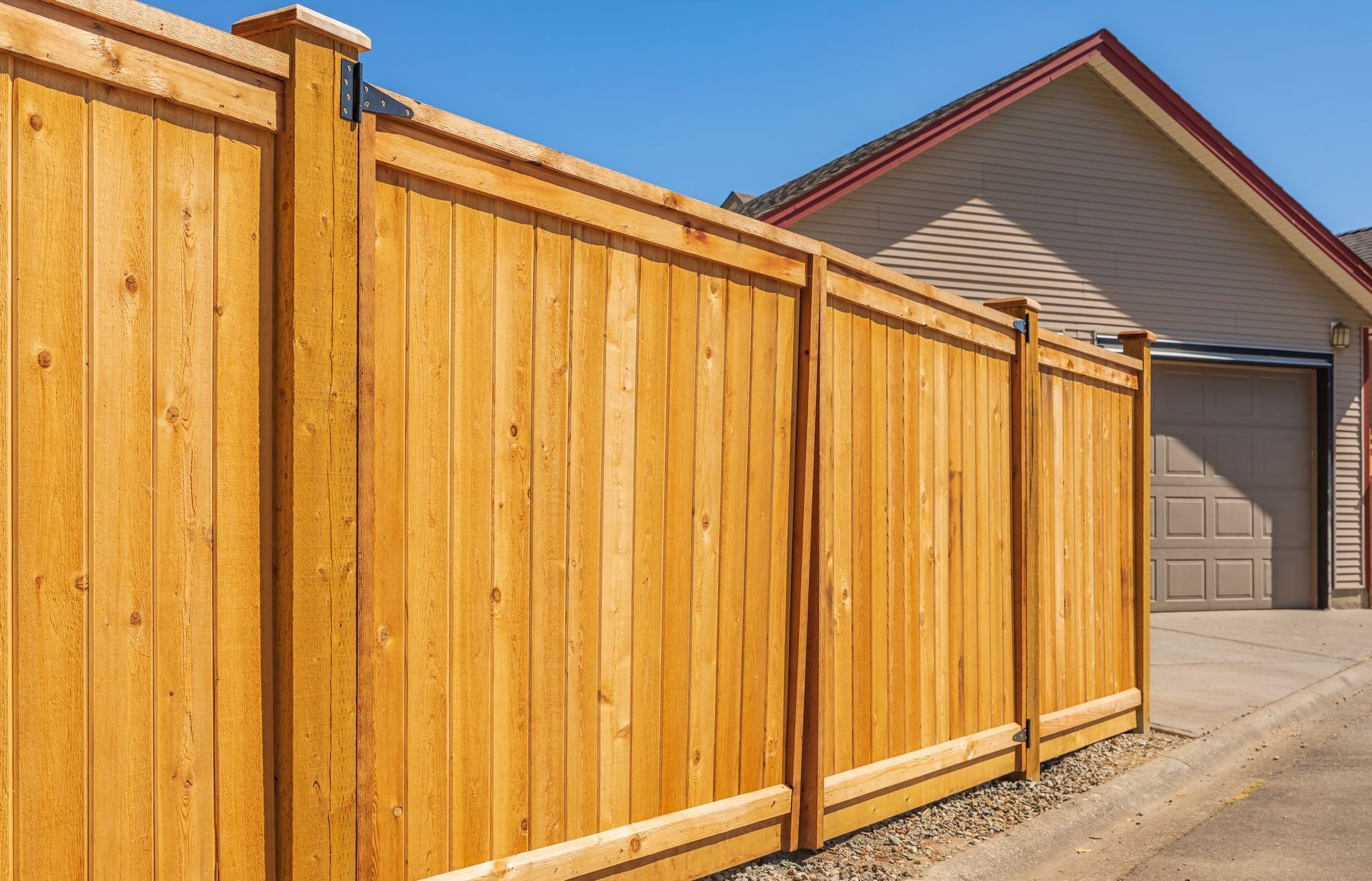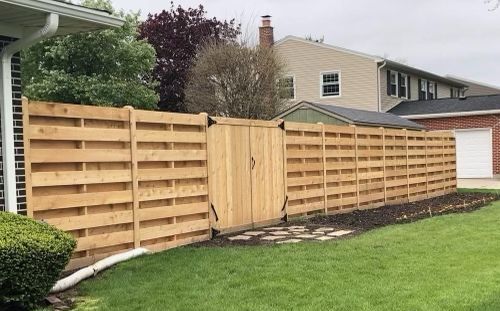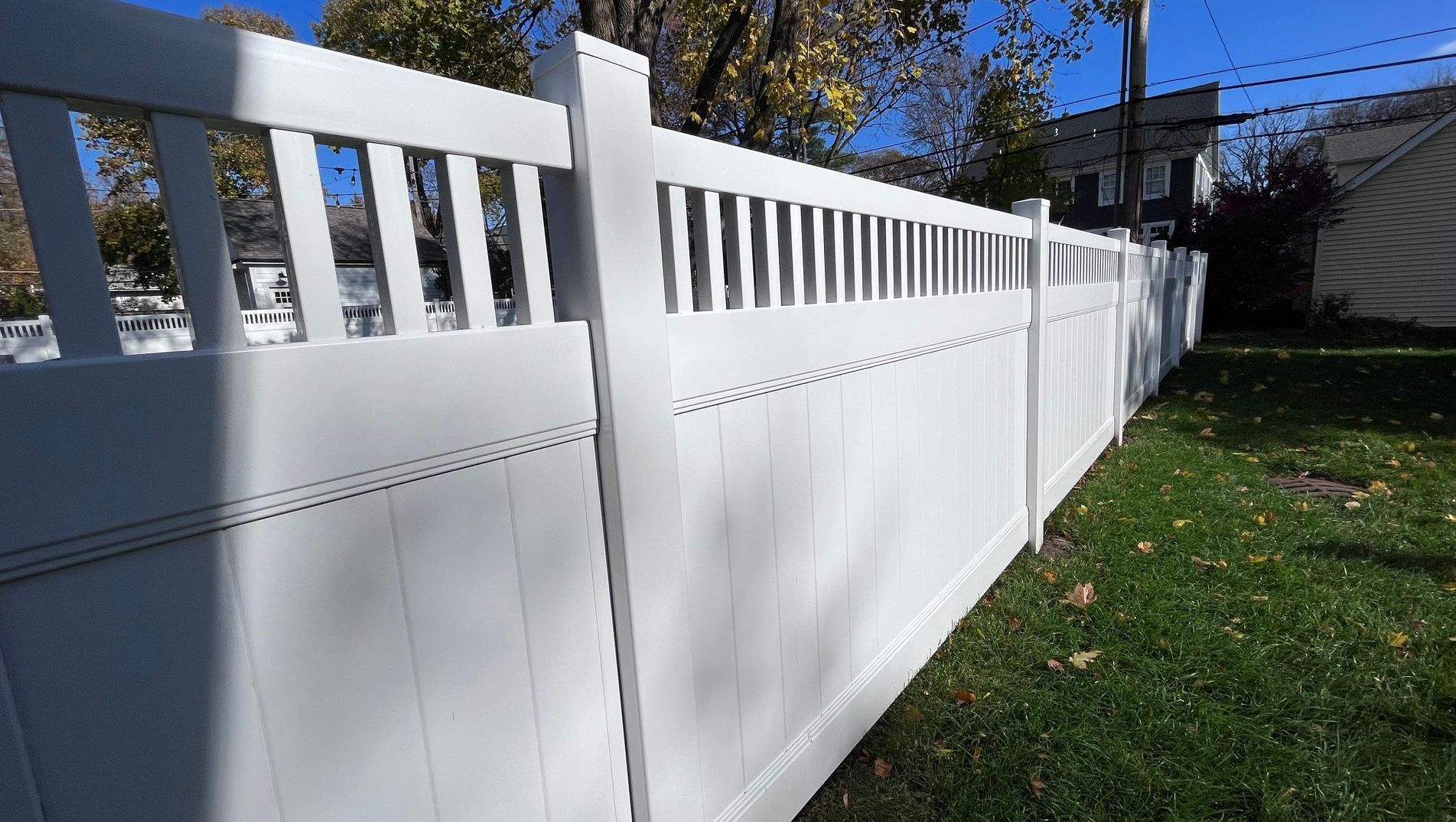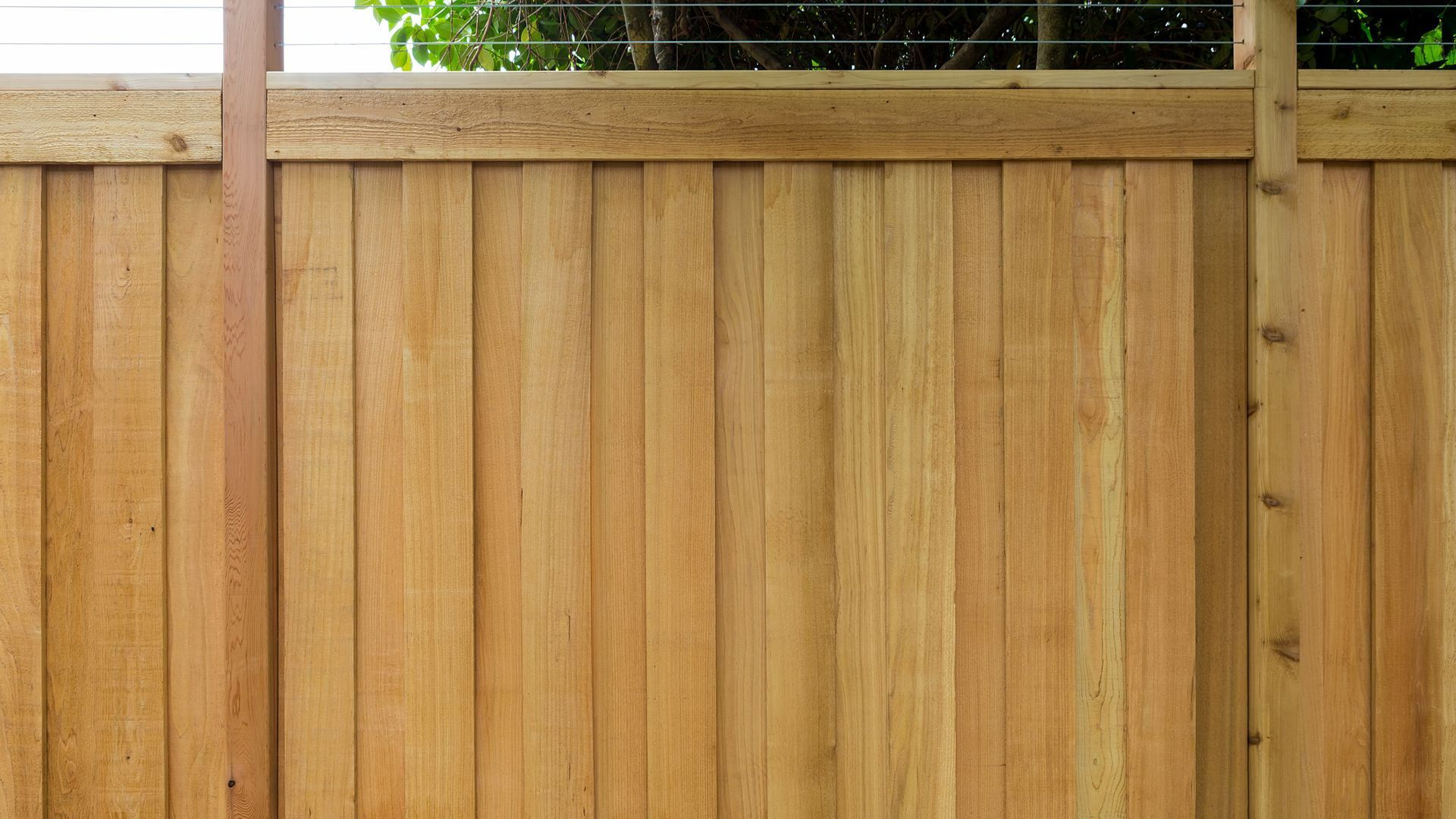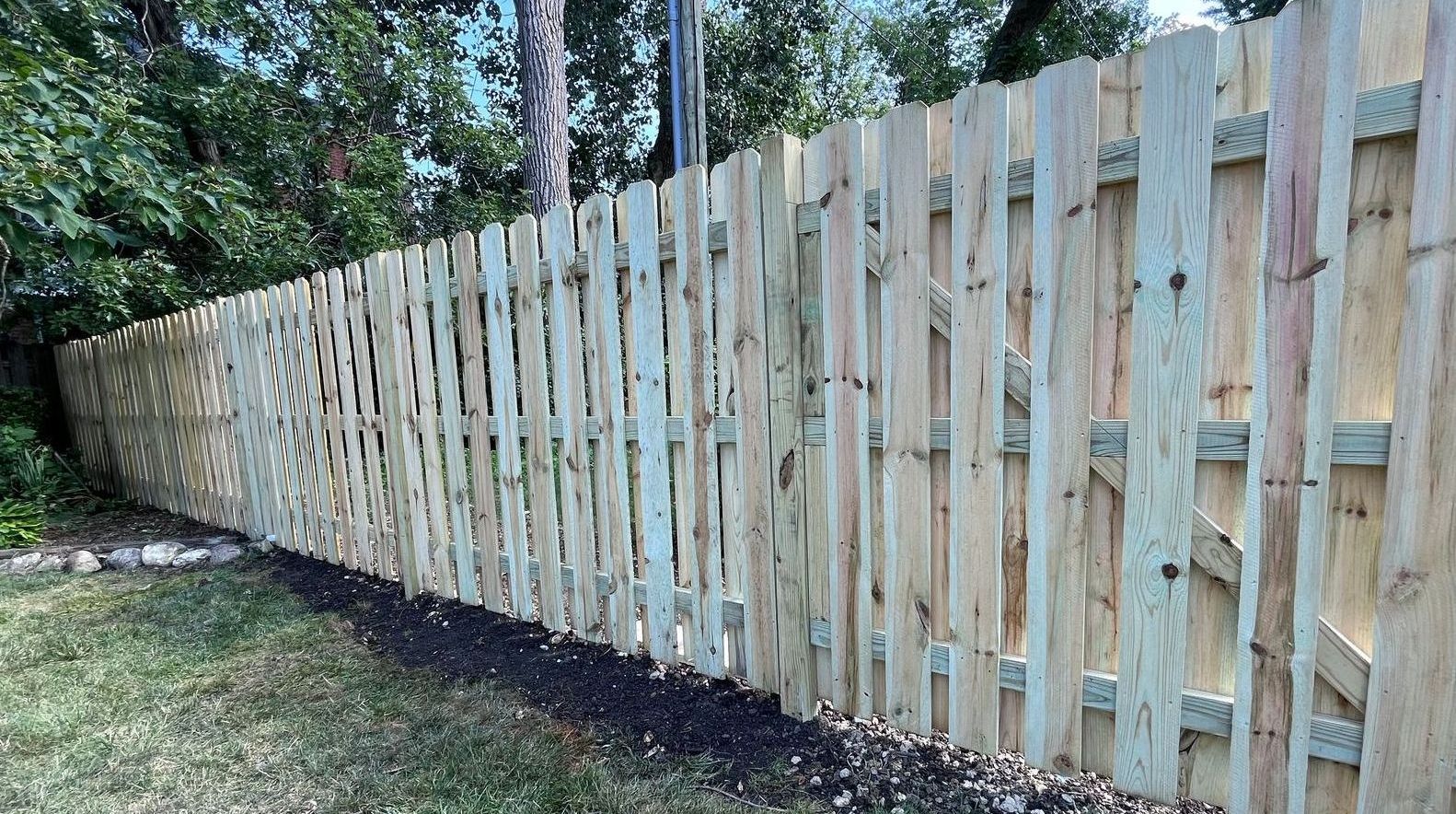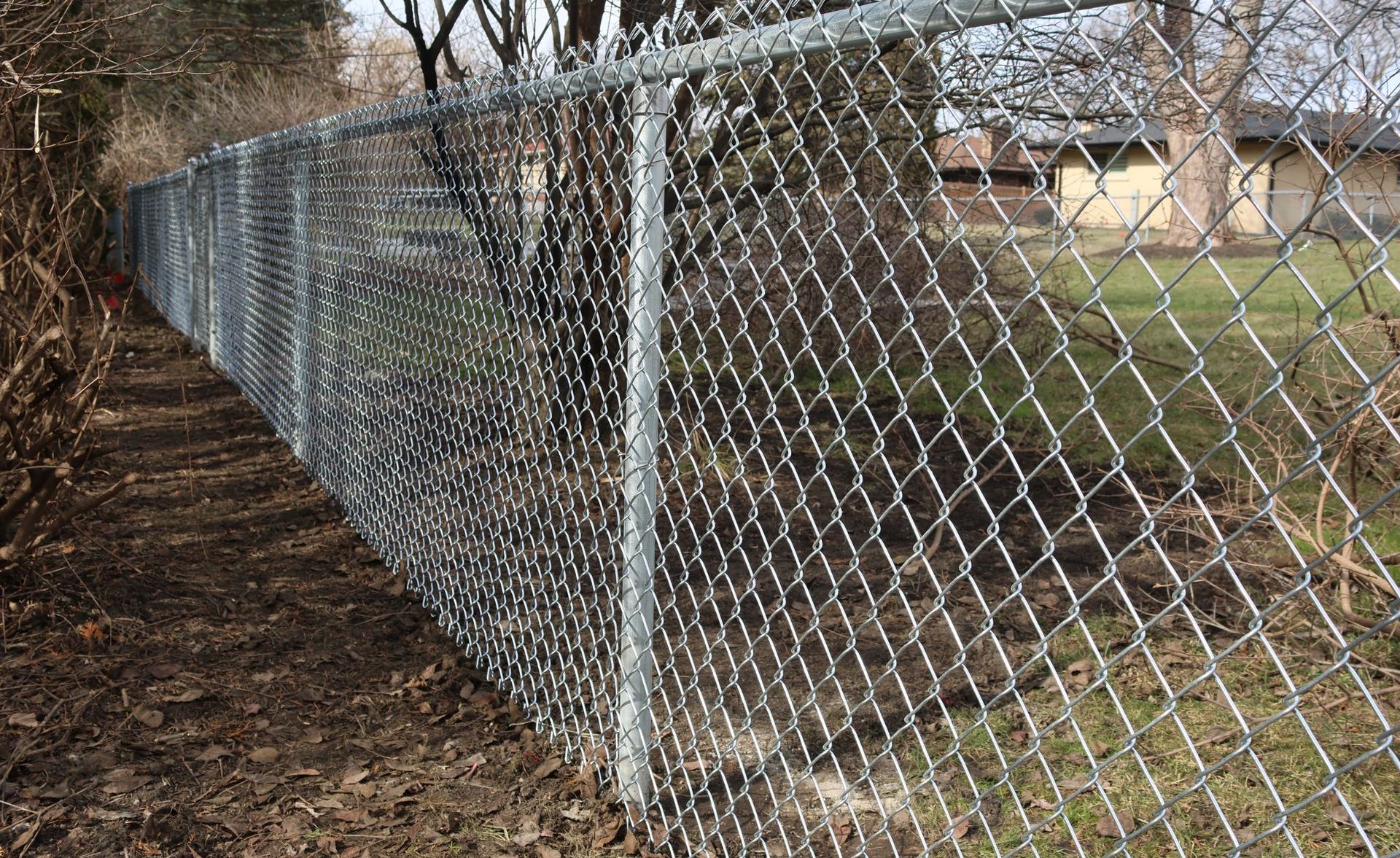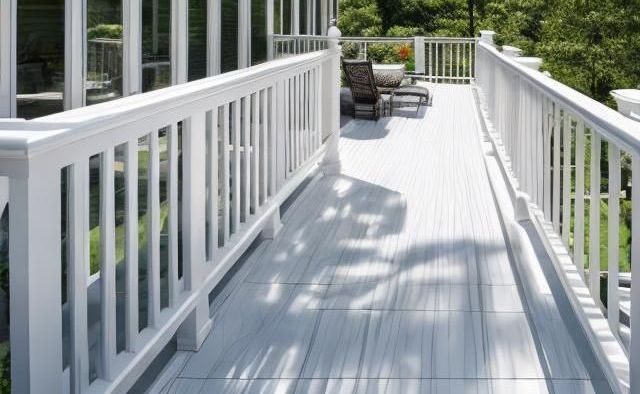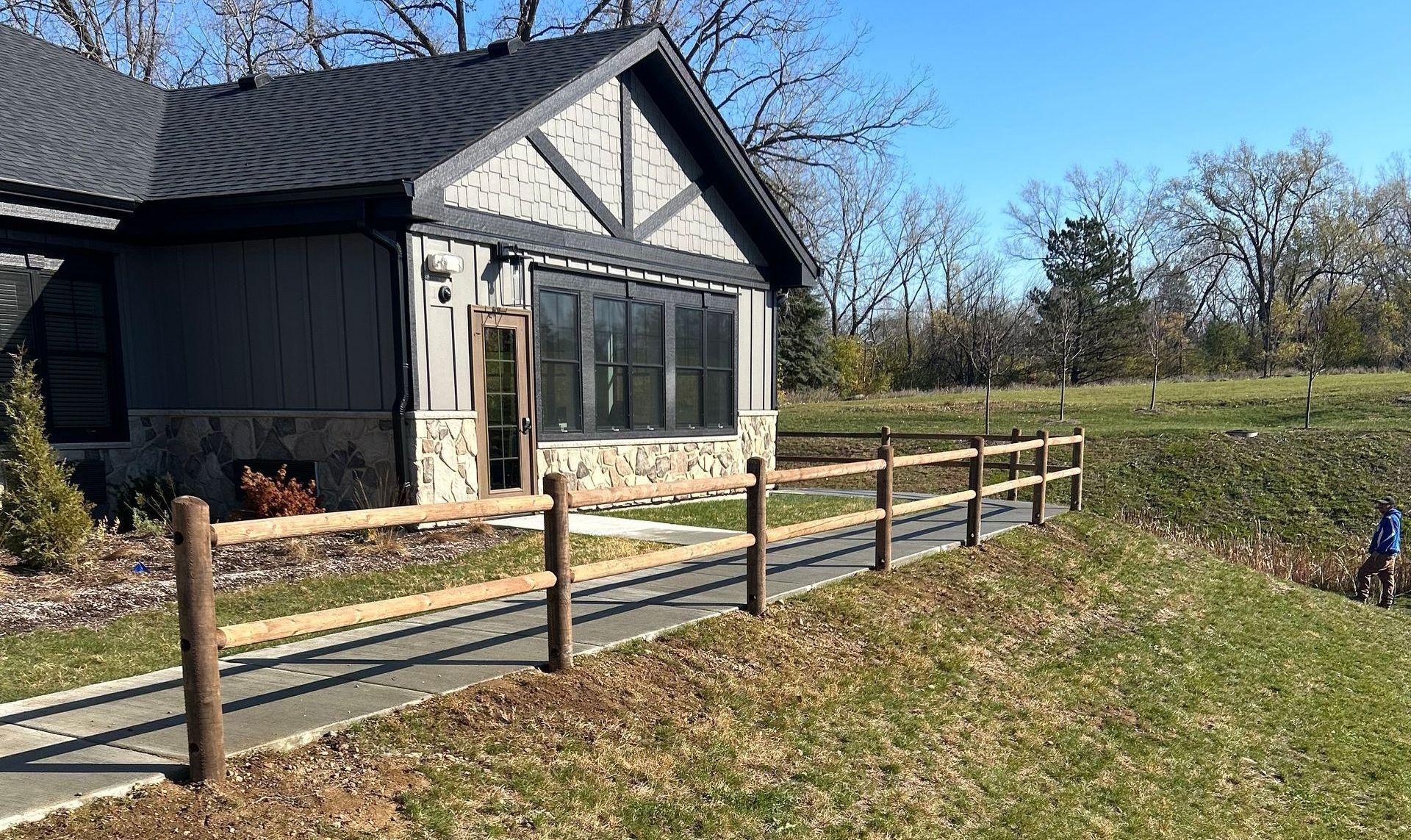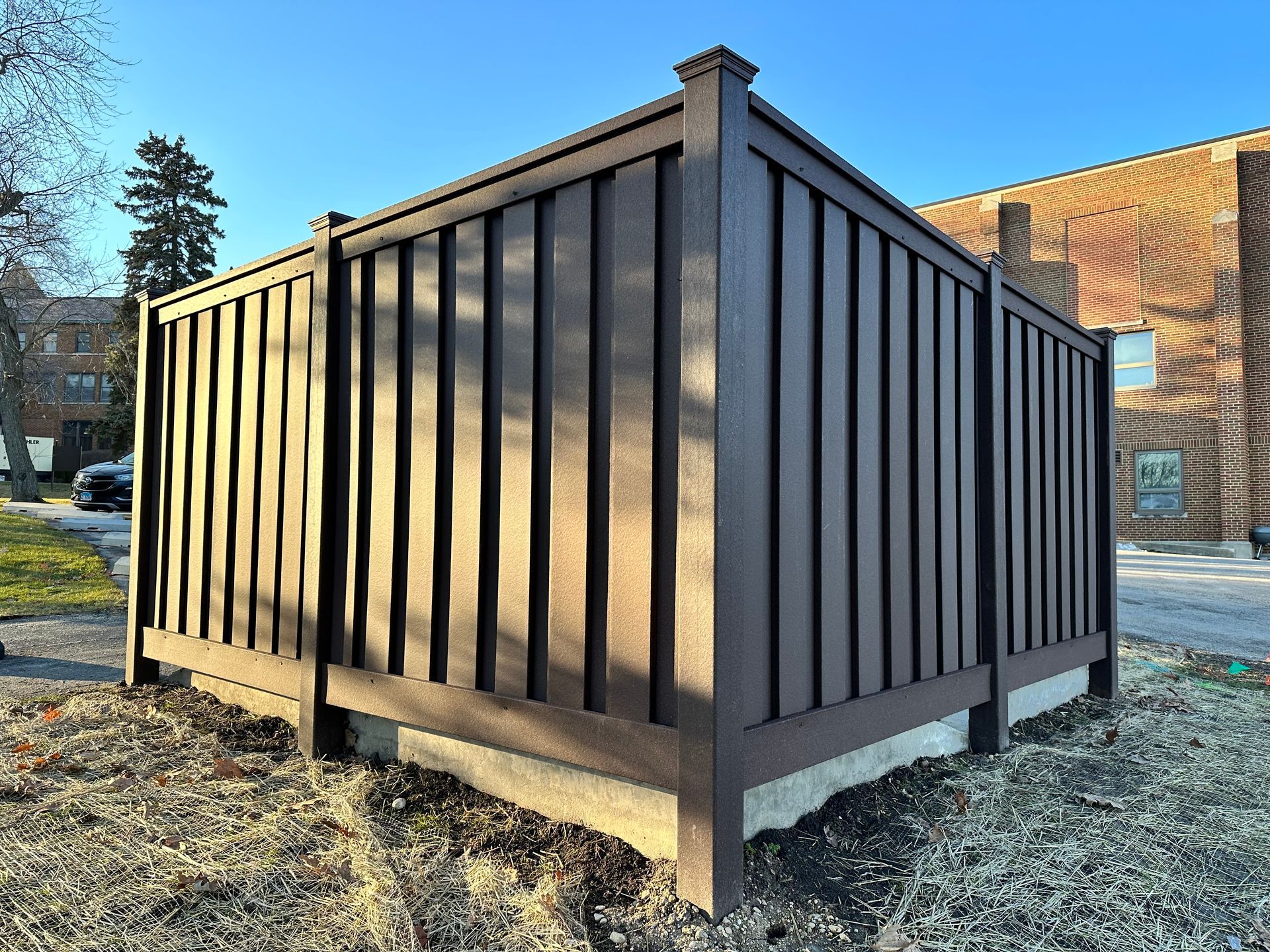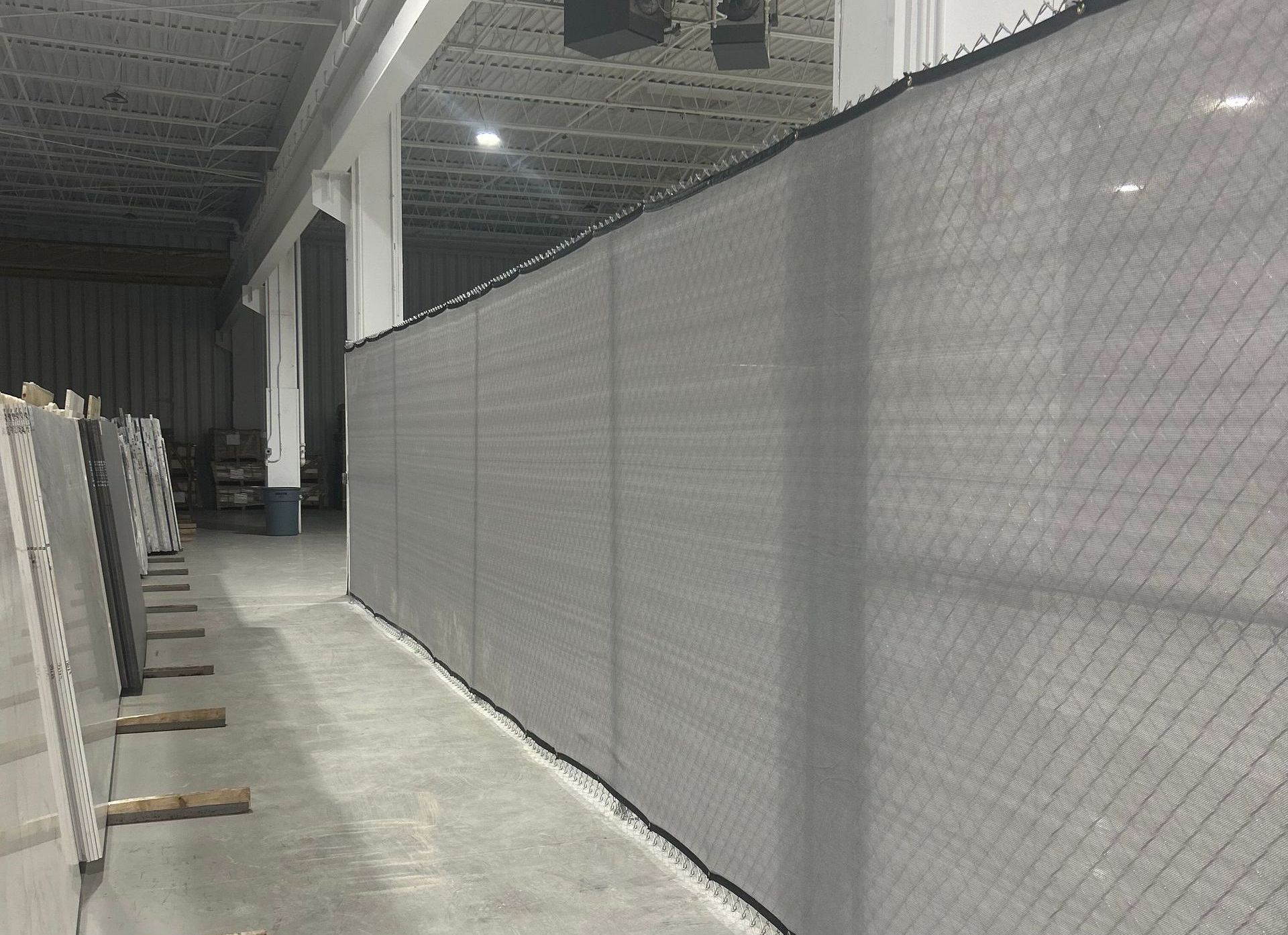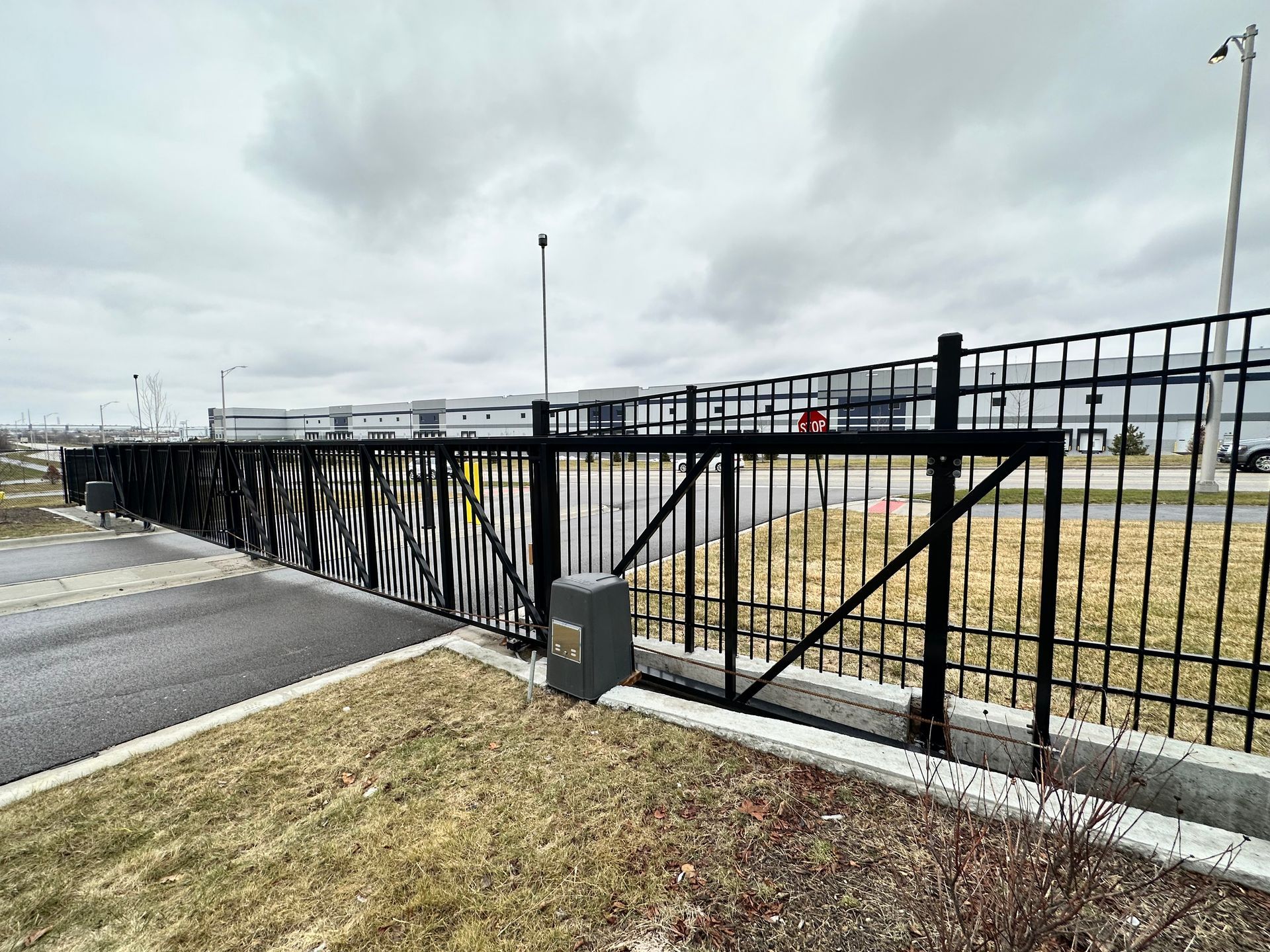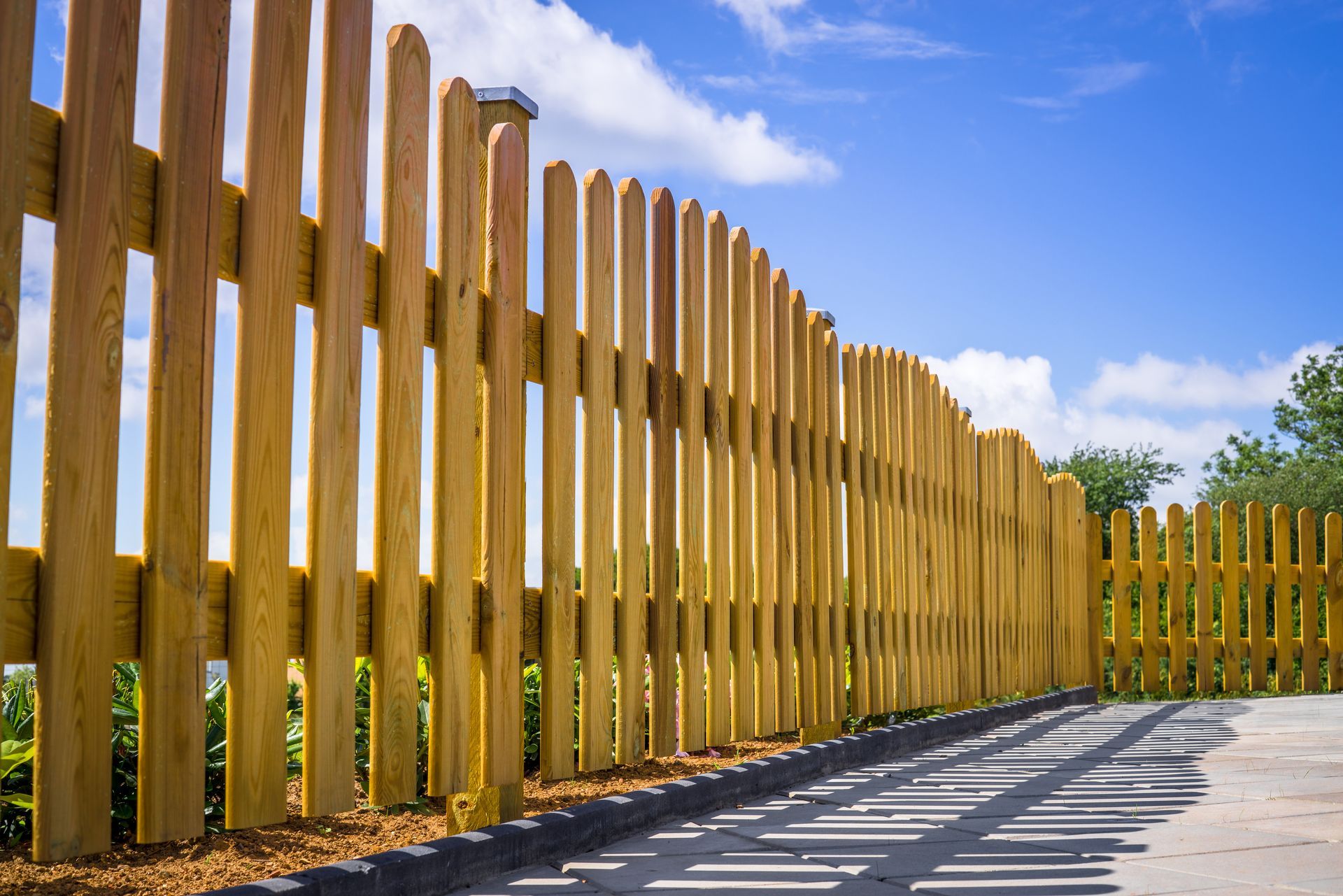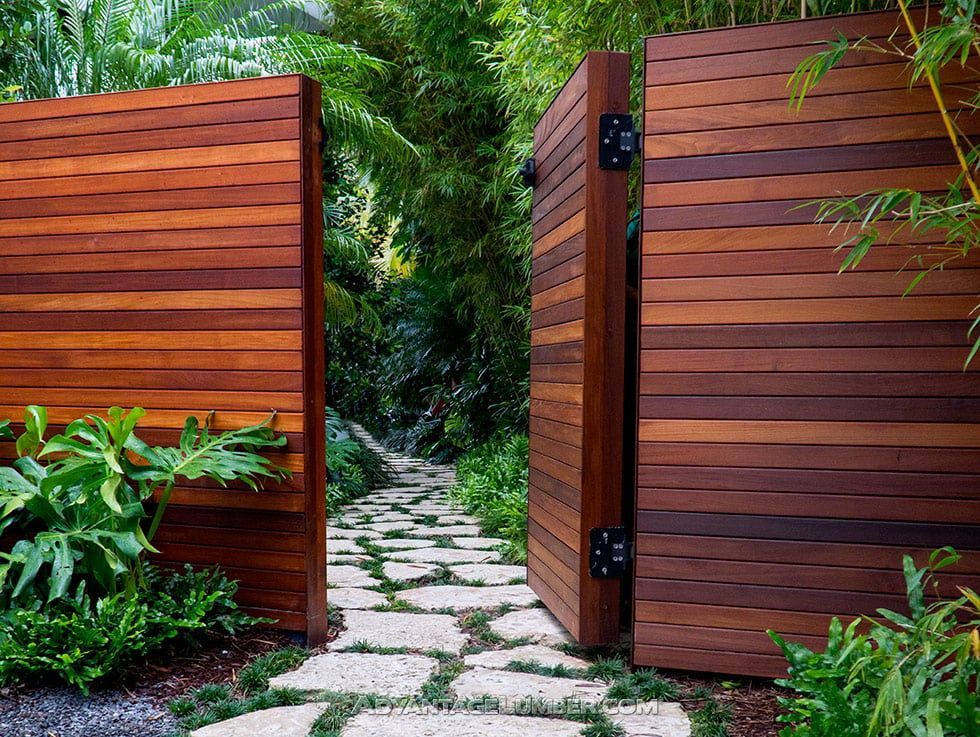Landscaping and Your Fence: How to Create a Perfect Harmony
The way your new fence combines with the natural landscape is important, but how is it achieved?
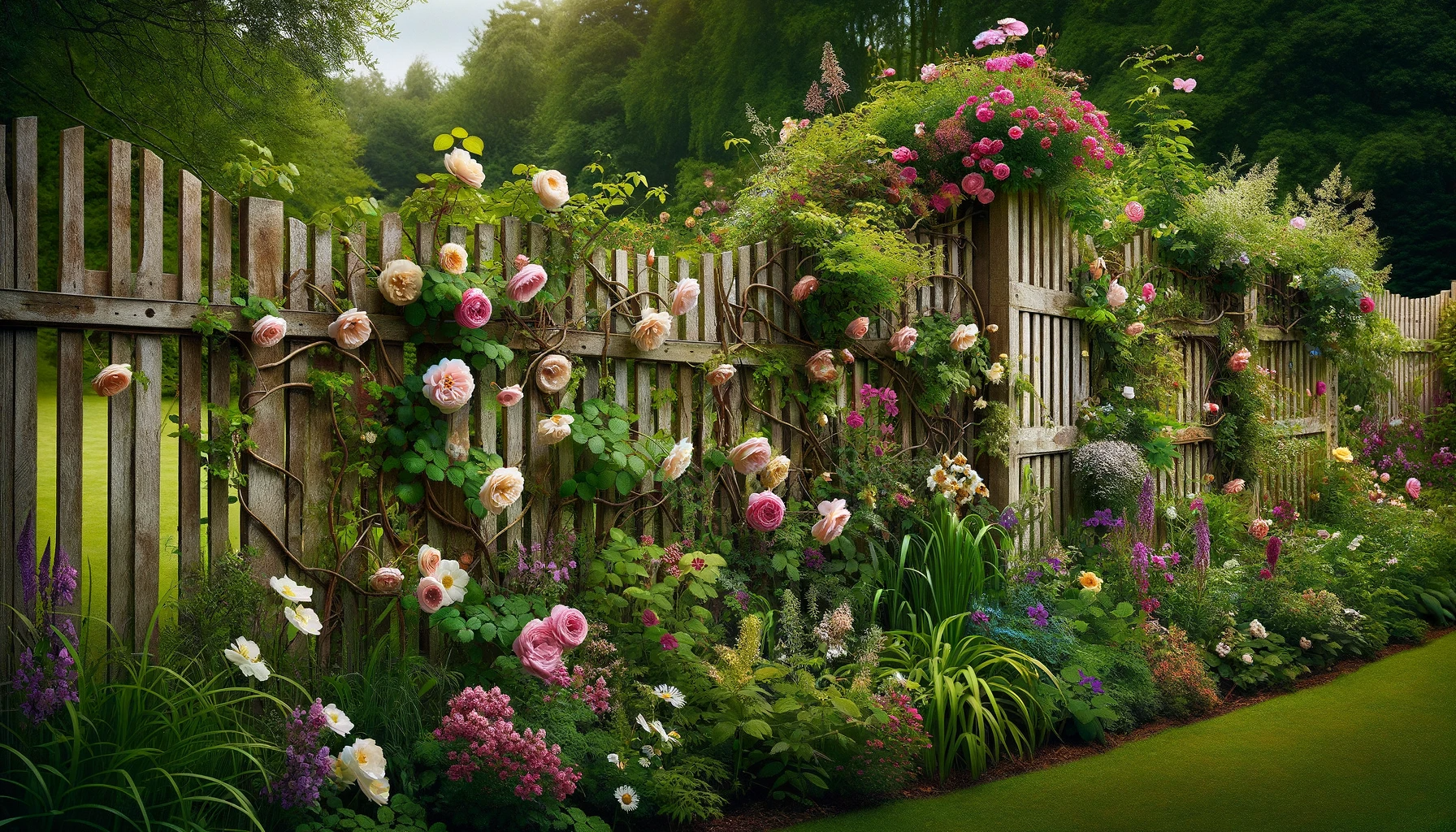
I. Introduction
- Explanation of how fences and landscaping can complement each other
- The value of achieving harmony between fencing and garden design
II. Understanding Landscape Styles and Fence Design
- Overview of different landscape styles
- Matching fence styles with landscape aesthetics
A. Traditional and Formal
B. Cottage and Rustic
C. Modern and Contemporary
D. Coastal and Beach-Themed
III. Selecting Complementary Plants and Decorations
- Tips on choosing plants to enhance the fence and vice versa
- Ideas for decorative elements that add character to fences
A. For Dark-Colored Fences
B. For Light-Colored Fences
C. Decorative Accents
IV. Maintenance for Long-Lasting Beauty
- Regular upkeep to preserve fence integrity and garden health
- Specific tips for different types of fences
A. Wooden Fences
B. Metal Fences
C. Plant Care
V. Conclusion
- Recap of the importance of integrating fence and landscape design
- Encouragement to view the fence as part of the garden's living canvas
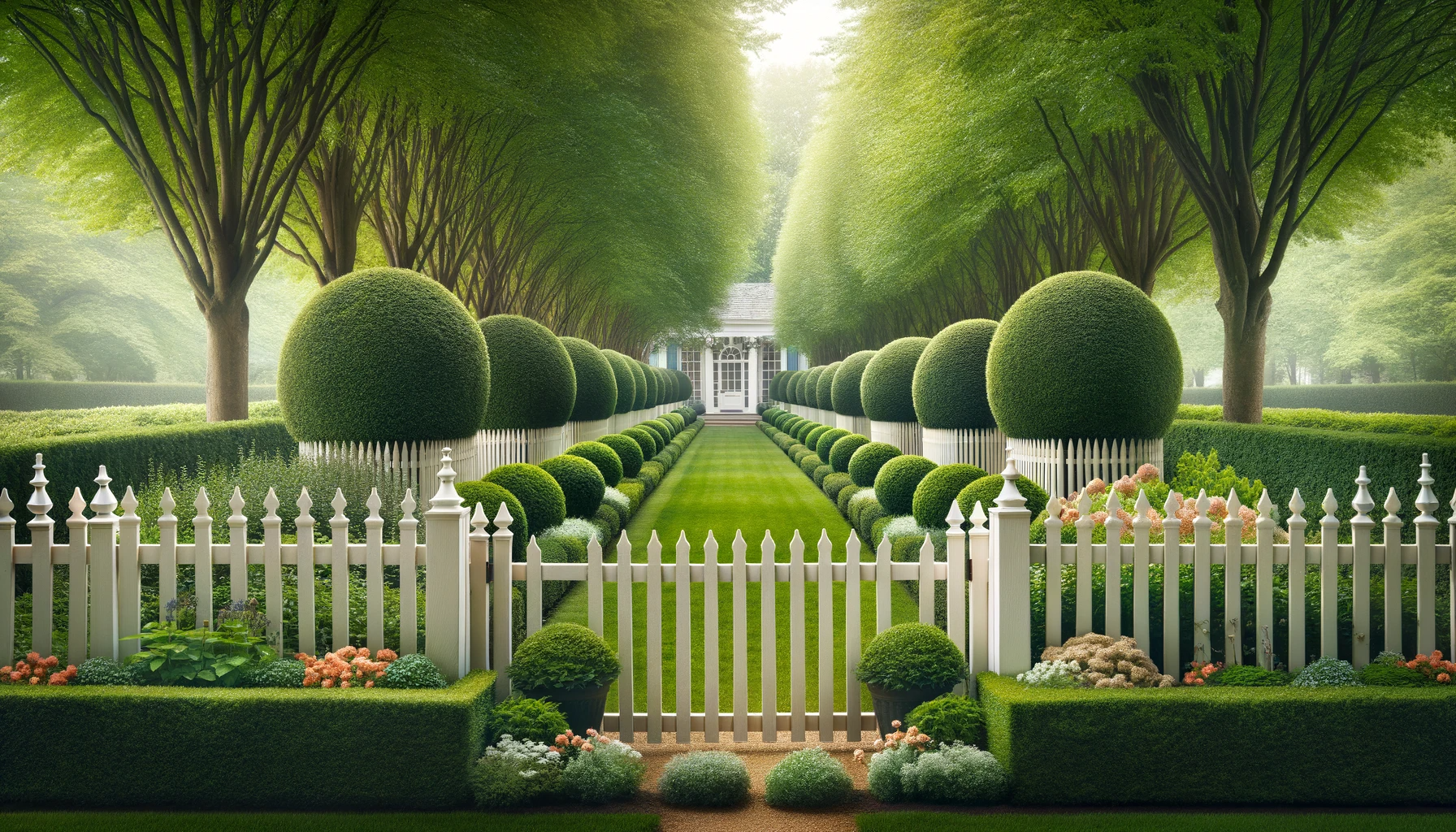
Landscaping and Your Fence: How to Create a Perfect Harmony
Introduction
The marriage of landscaping and fencing is one that, when harmonized perfectly, can transform a simple backyard into a sanctuary of peace, privacy, and beauty. A fence does much more than define property lines; it shapes the aesthetic framework of your outdoor space. This article will guide you through integrating a fence into various landscape styles, selecting complementary plants, and maintaining both to ensure your outdoor space remains a place of beauty for years to come.
Integrating Fence with Landscape Styles
The key to seamlessly blending your fence with your landscape is to understand the different styles and how a fence can complement each one.
- Traditional and Formal Landscapes: For formal gardens, symmetry and structure are key. Consider fences with clean lines and even tops, such as picket or wrought iron. Topiaries and hedging plants like boxwood can highlight these fences beautifully.
- Cottage and Rustic Landscapes: A cottage-style garden, abundant with flowering plants, pairs well with wooden fences that have a natural finish. Allow climbing plants like clematis or roses to weave through the slats for a charming effect.
- Modern and Contemporary Landscapes: Here, less is more. Geometric fences with horizontal lines work well. Plantings should be minimal, think ornamental grasses and succulents, which enhance the modern feel without overpowering it.
- Coastal and Beach Landscapes: Weathered or whitewashed fences that mimic driftwood are perfect. Grasses and salt-tolerant plants can create a soft transition from sand to green space.
Choosing the Right Plants and Decorations
The plants you choose should complement not only your landscape style but also the color and height of your fence.
- For Dark-Colored Fences: Bright flowers or variegated foliage can create a stunning contrast. Consider planting shrubs with vibrant blooms like azaleas or hydrangeas.
- For Light-Colored Fences: Rich greenery or deep-colored blooms can provide a striking backdrop. Tall ornamental grasses can also add texture and movement.
- For Decorations: Think about adding birdhouses, lanterns, or decorative brackets to your fence to add character and interest.

Maintenance Tips
Maintaining the harmony between your fence and landscape is crucial. Here are some tips to keep both in top condition:
- For Wooden Fences: Regular staining or sealing will protect against weather and rot. Trim plants back to prevent moisture buildup and potential damage.
- For Metal Fences: Check for rust periodically, especially if you have climbing plants that can trap moisture.
- For Plants: Mulching can protect plant roots and prevent weeds. Regular pruning ensures plants remain healthy and aesthetically pleasing against your fence.
“Good fences make good neighbors,” Robert Frost penned in his poem "Mending Wall," and indeed, a well-chosen and beautifully integrated fence can not only ensure privacy but can also elevate the aesthetics of one’s outdoor living space. The harmony between landscaping and fencing is essential in creating an inviting and cohesive garden. Here we will explore how to blend these elements seamlessly, creating a landscape that is both functional and enchanting.
Understanding the Relationship Between Fences and Landscapes
Fences serve a multitude of purposes: they provide a barrier for privacy and security, offer protection from the elements, and give a structured outline to the garden. But beyond their practicality, they are an extension of your home's architecture and a backdrop to the garden. The key to creating harmony lies in selecting a fence that complements the style of your home and garden while also fulfilling its intended purpose.
Design Principles for Fencing and Landscaping
When integrating fencing with landscaping, consider the following design principles:
- Scale and Proportion: The height and length of your fence should match the scale of your property. A tall fence on a small property can be overwhelming, while a short fence on a large property may get lost in the vastness.
- Color and Texture: The color of your fence can either be a statement or a subtle frame for your garden. Natural wood tones blend well with most landscapes, while bold colors can be used to create a focal point. The texture of the fence can also add interest – rough, rustic wood offers a different aesthetic compared to smooth, painted surfaces.
- Line and Form: The lines of your fence can influence the style of your garden. Horizontal lines tend to be seen as more modern and can make spaces appear wider, while vertical lines are more traditional and can make spaces appear taller.
Fence Integration in Various Landscape Styles
- Formal Landscapes: These are characterized by symmetrical patterns and neatly trimmed hedges. Wrought iron and crisp white picket fences complement this style, adding to the structured design. Topiaries and sculpted shrubs can be planted along the fence line for a refined look.
- Cottage Gardens: Whimsical and dense with plantings, cottage gardens are the epitome of charm. A wooden fence with a natural finish suits this style, working as a trellis for climbing plants like roses and honeysuckle. The fence acts both as a support for plants and as a peek-a-boo element amid the lush foliage.
- Contemporary Spaces: In modern landscapes where simplicity and clean lines reign, fences are often sleek and made of materials like composite or metal. They act as a canvas against bold architectural plants such as agaves and bamboos, which provide greenery without complicating the minimalist aesthetic.
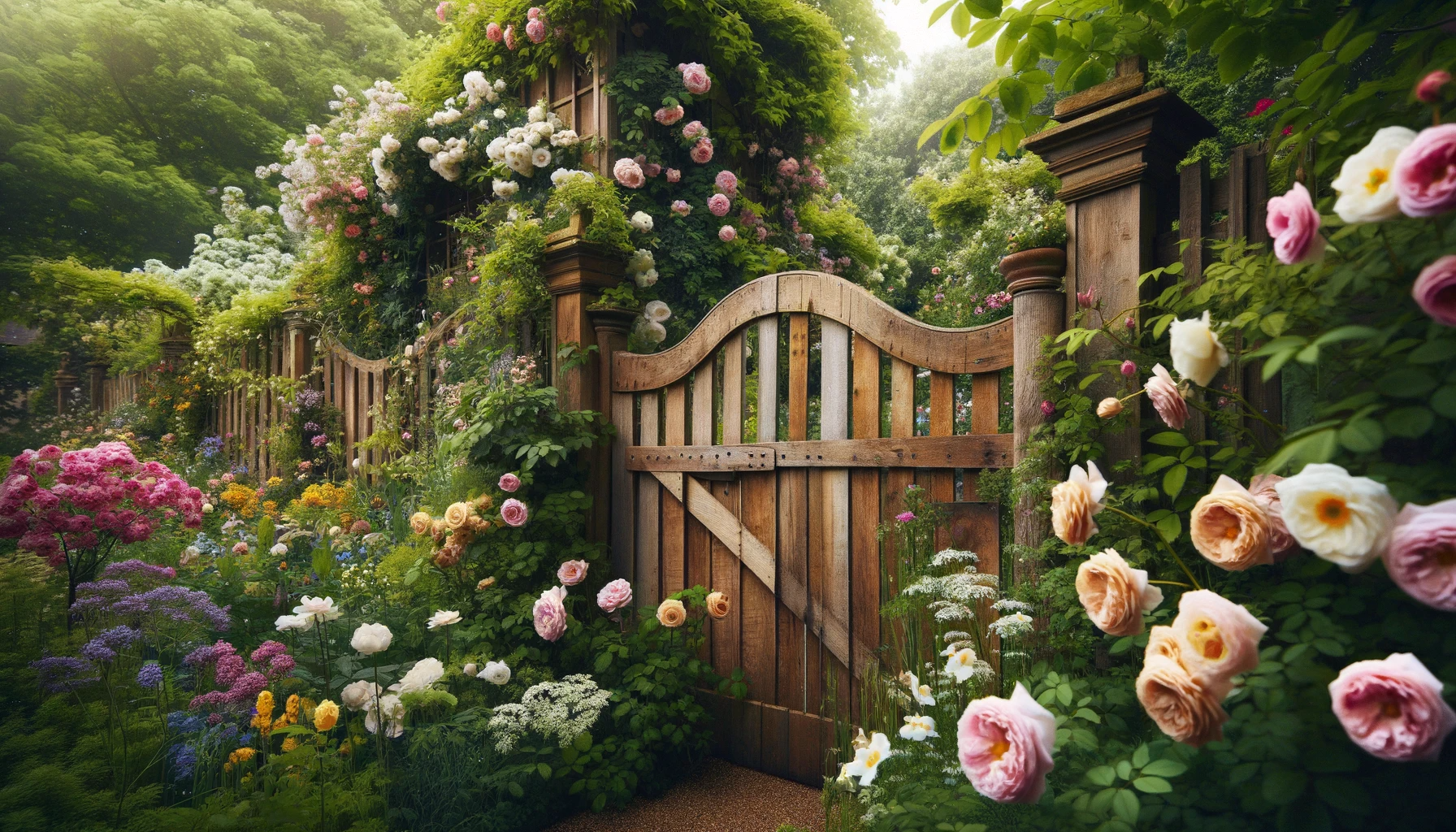
Selecting Plants to Complement Your Fence
Choosing the right plants to grow along your fence can create a visual harmony that ties the garden together. For a wooden fence, consider shrubs and perennials that echo the natural tones of the wood. Conversely, a metal or vinyl fence may allow for more vibrant plant choices to create a pop of color. Climbing plants can soften the hard lines of a fence, while carefully placed tall plantings can provide a natural screen for added privacy.
Decorative Elements and Maintenance
Decorations can enhance the appeal of your fence. Birdhouses, lanterns, and hanging planters add personality and a touch of whimsy. However, it’s important to not overdo it – the goal is to complement the garden's natural beauty, not overshadow it.
Maintenance is crucial in keeping the fence and landscape in harmony. Wooden fences may require staining or repainting every few years, while metal fences may need rust treatment. Regular trimming of plants will keep them in shape and prevent any damage to the fence from overgrowth.
Your fence is the frame that showcases the masterpiece of your garden. With thoughtful consideration to style, materials, and plantings, your fence can be more than just a boundary – it can be an integral part of a harmonious landscape design. Whether your home is a country cottage or a modern minimalist abode, there is a fence and landscape combination that can be tailored to suit your taste and enhance your outdoor space. By following these guidelines, you can create a landscape that is not only aesthetically pleasing but also a reflection of your personal style and a testament to thoughtful design.
Final Thoughts
Creating harmony between landscaping and fencing is an art that enhances the value and enjoyment of your outdoor space. With the right combination of style, plants, and maintenance, your fence can become more than a boundary—it can be the cornerstone of a stunning garden tableau that captivates and delights.
If you want expert advice on how to design a beautiful landscape to complement your new fence, please schedule an estimate with one of our fence professionals today!
Fence Installation Blog
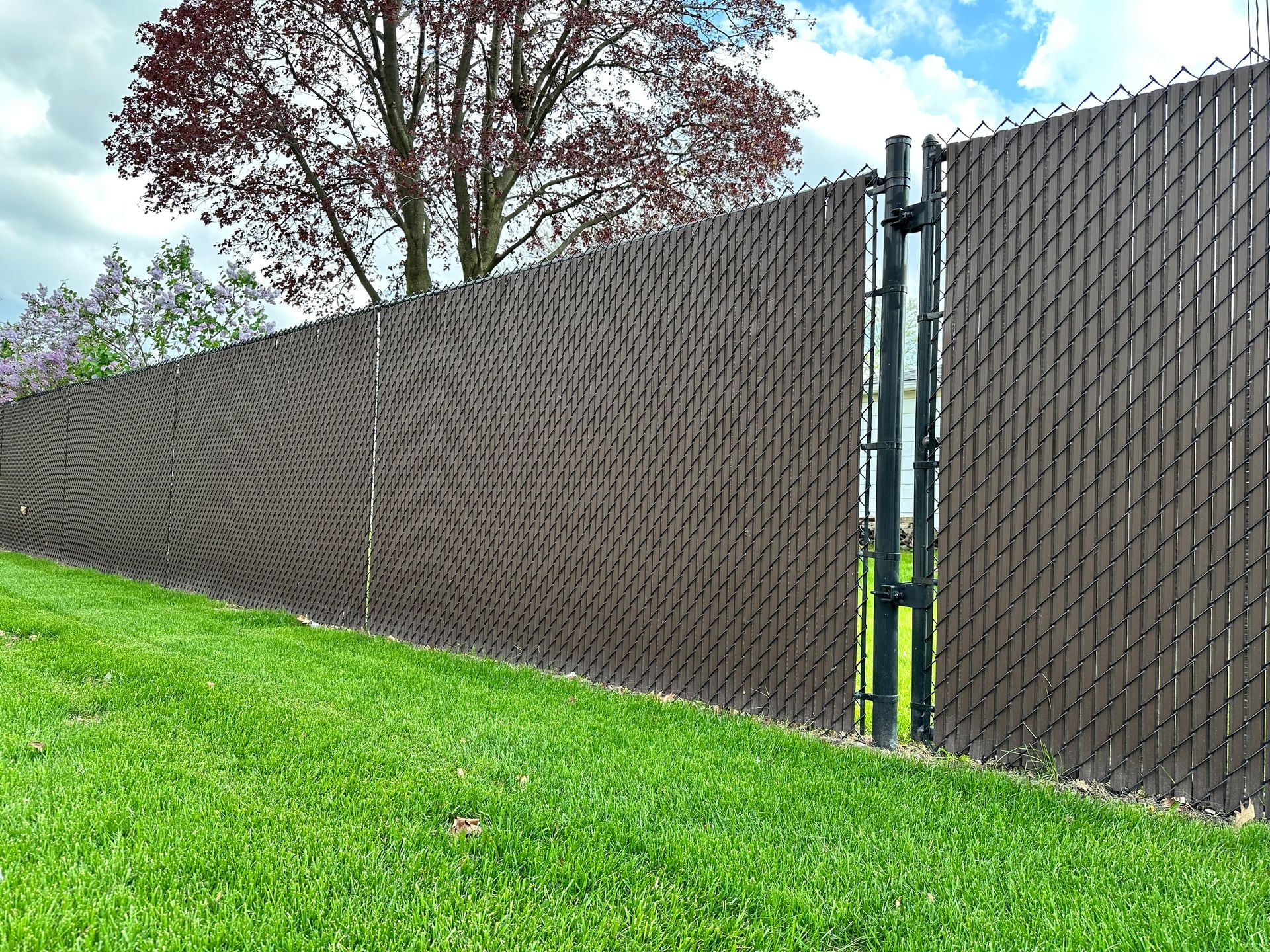
How to Upgrade Your Chain Link Fence with Privacy Slats: Benefits, Styles & Installation in Illinois
